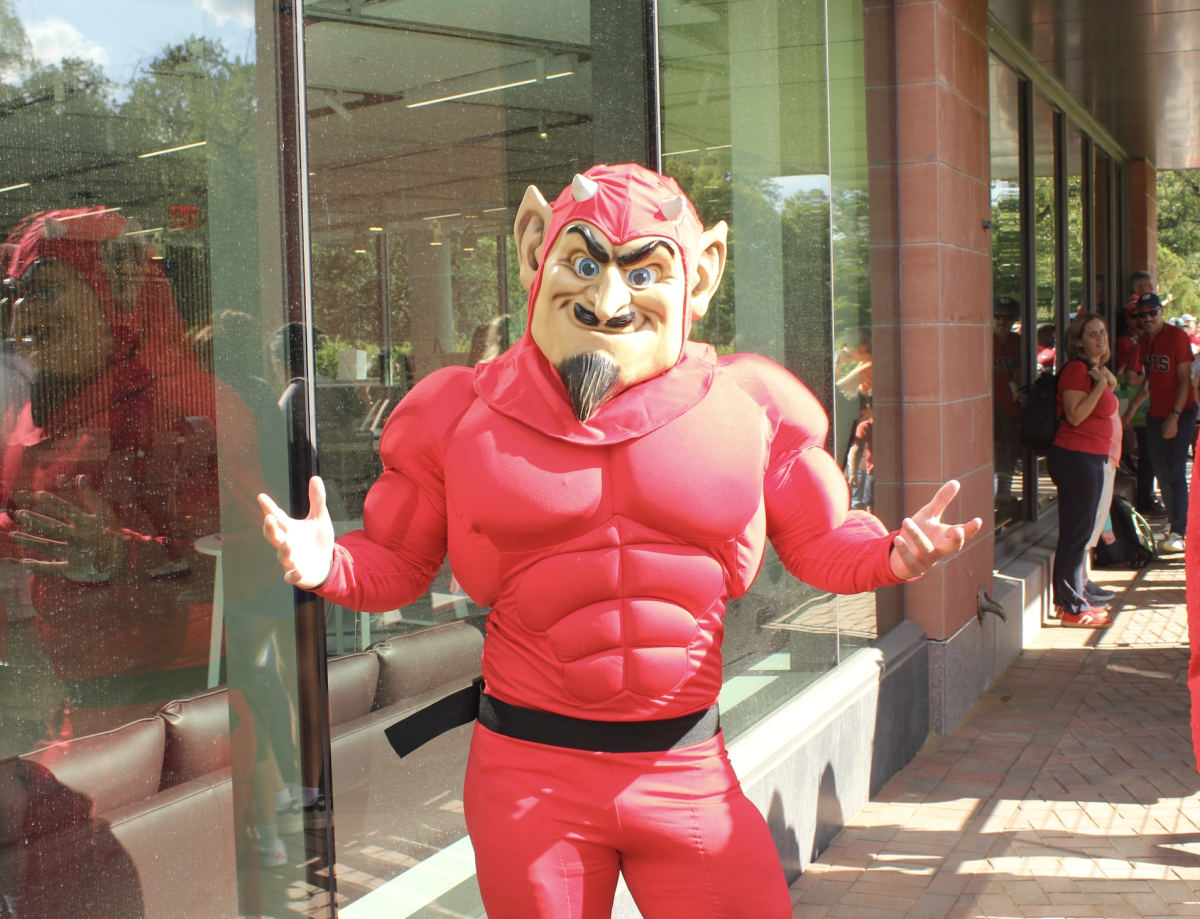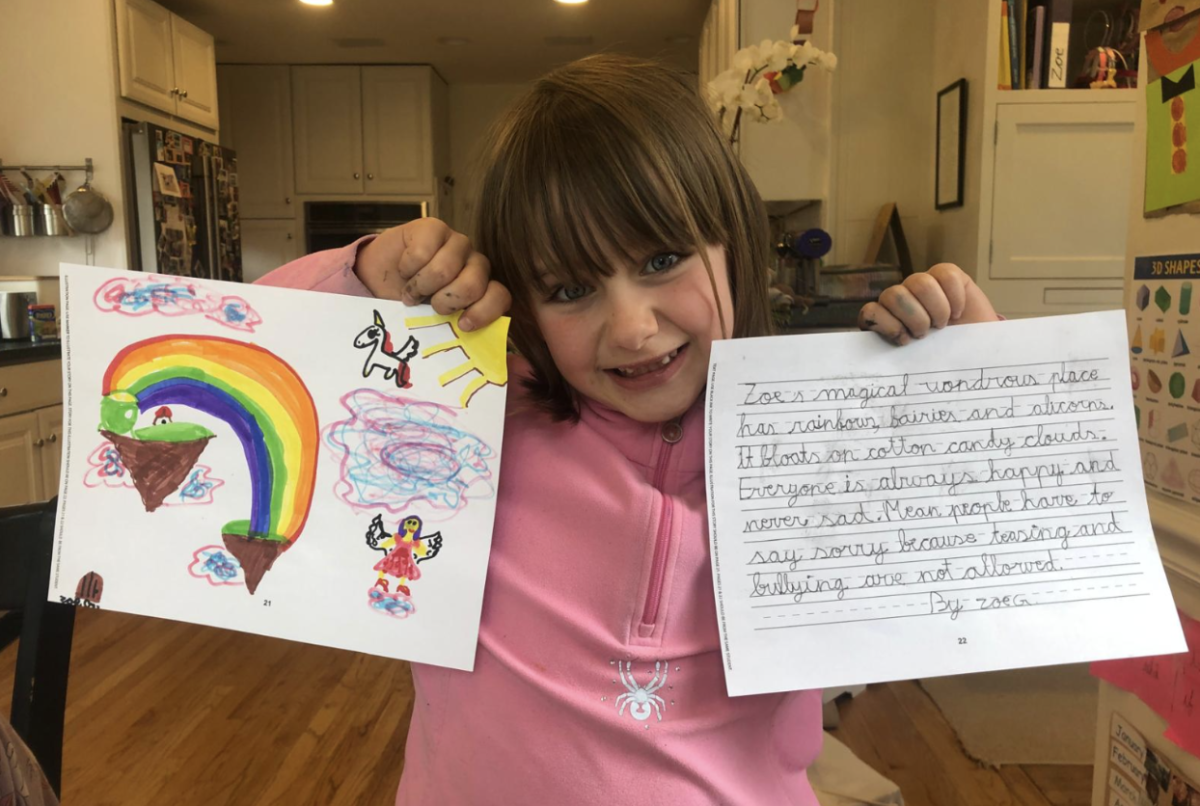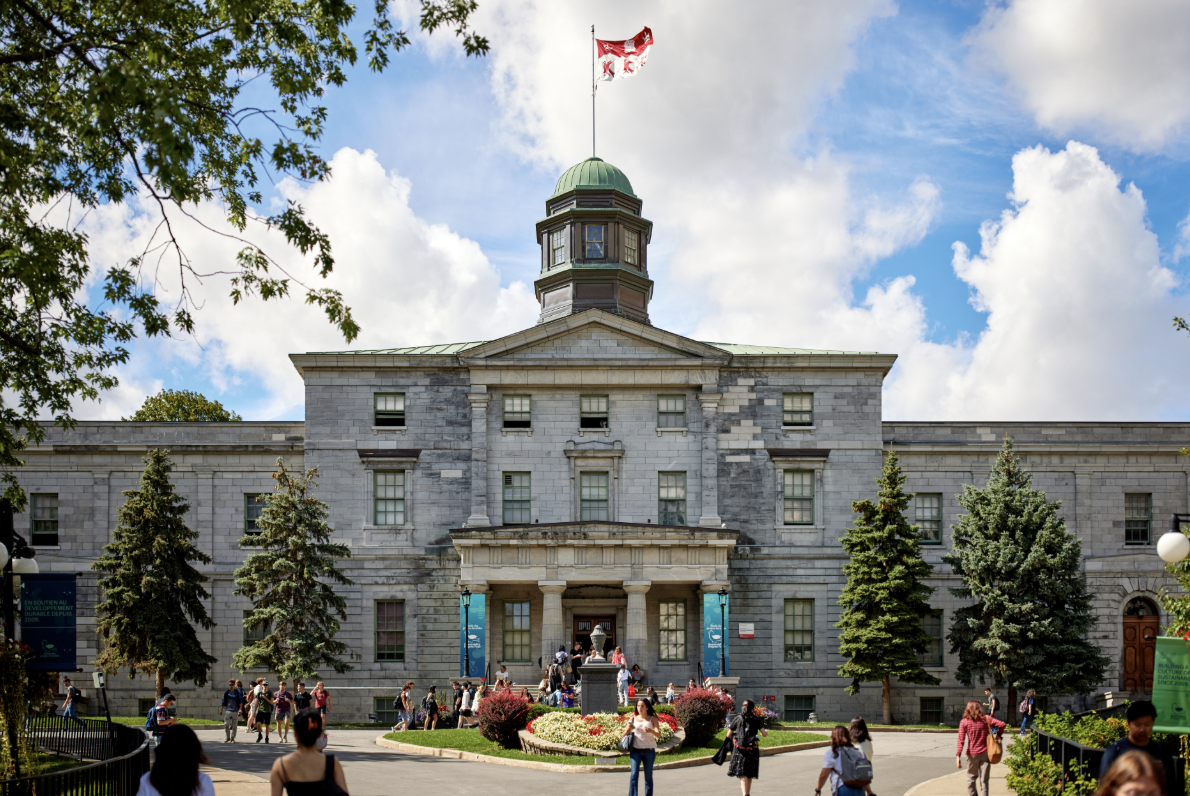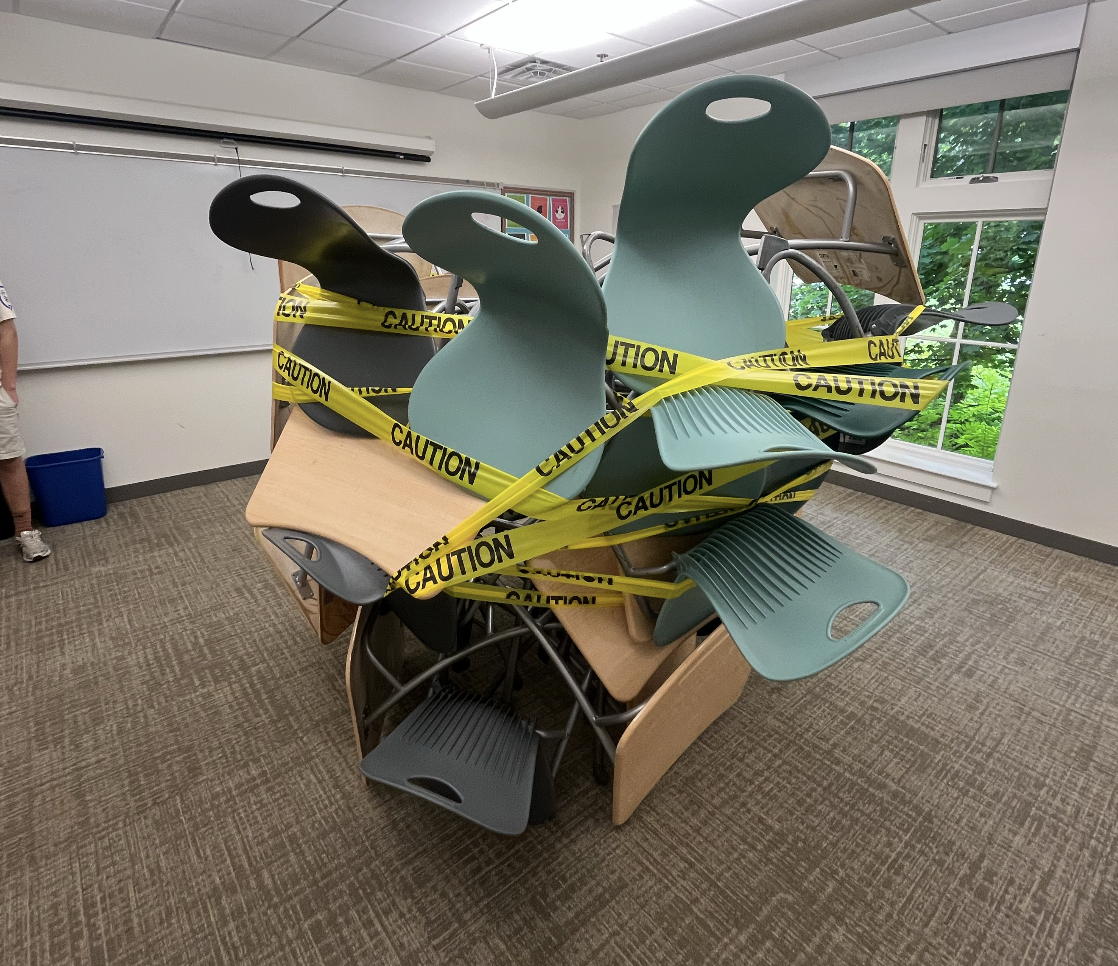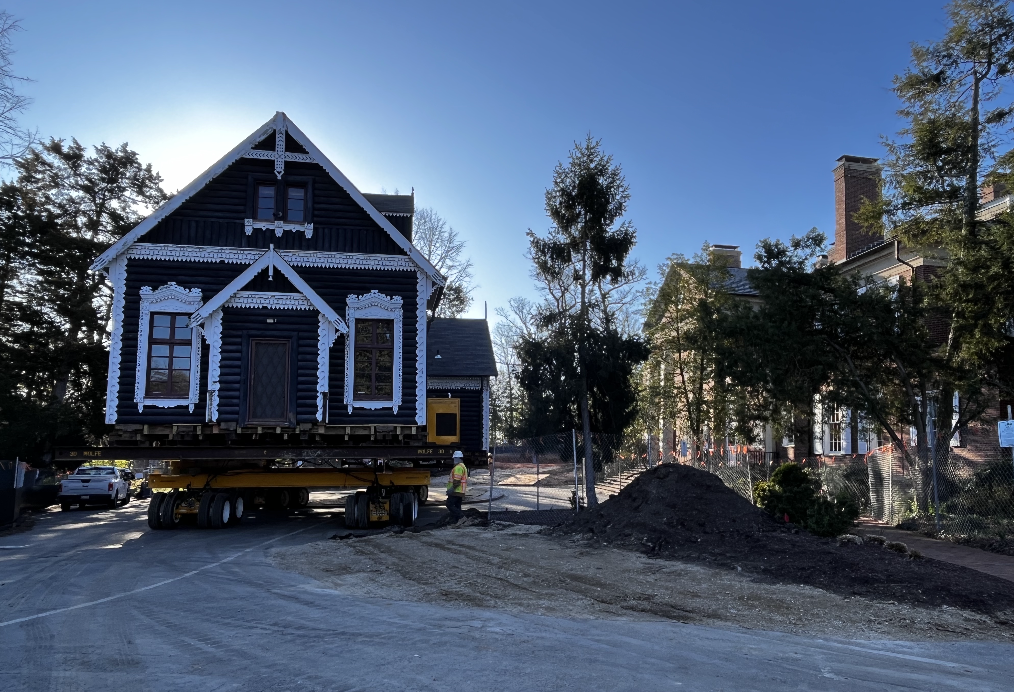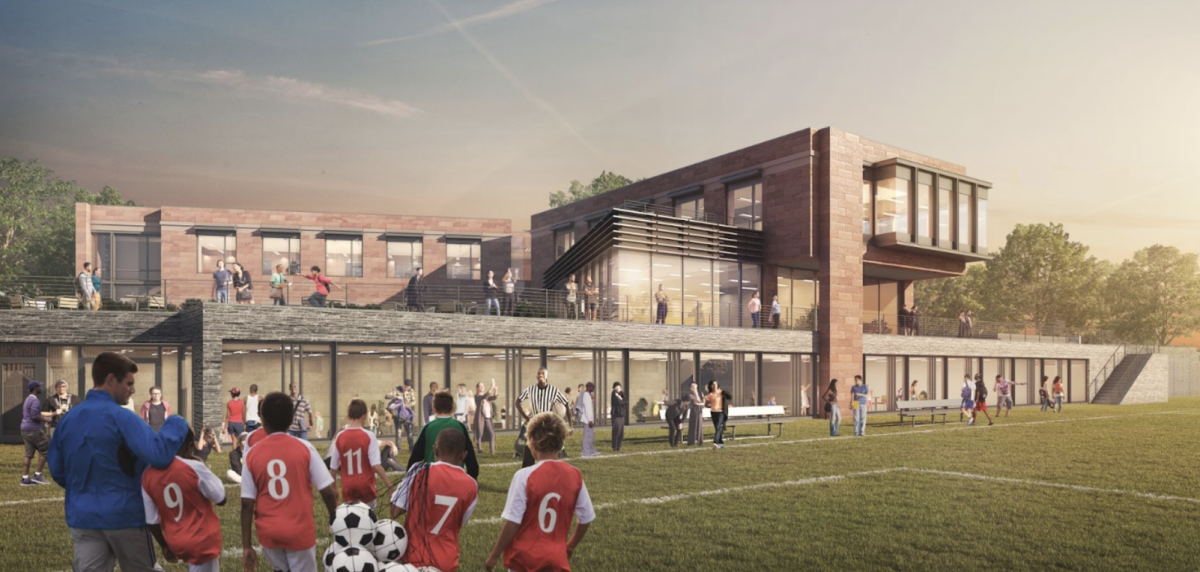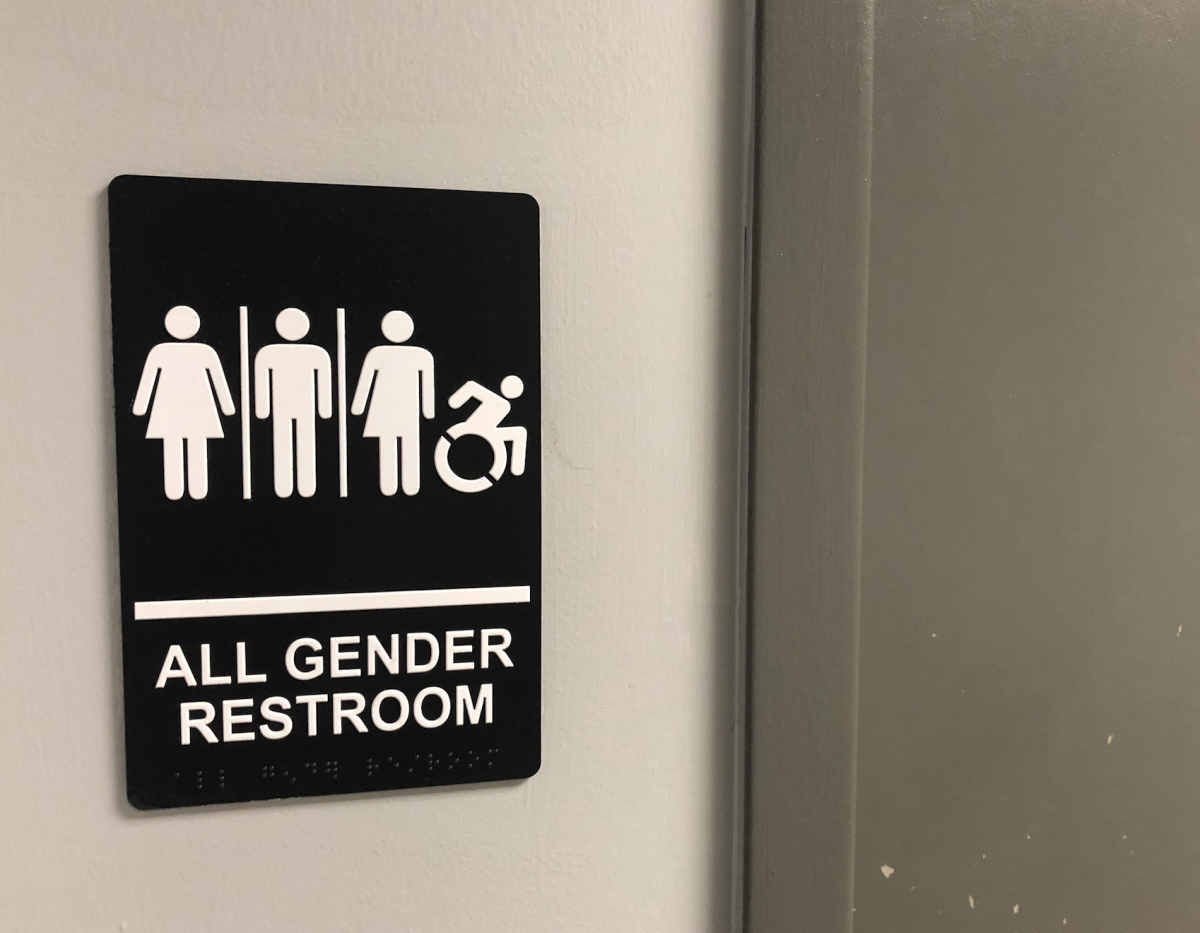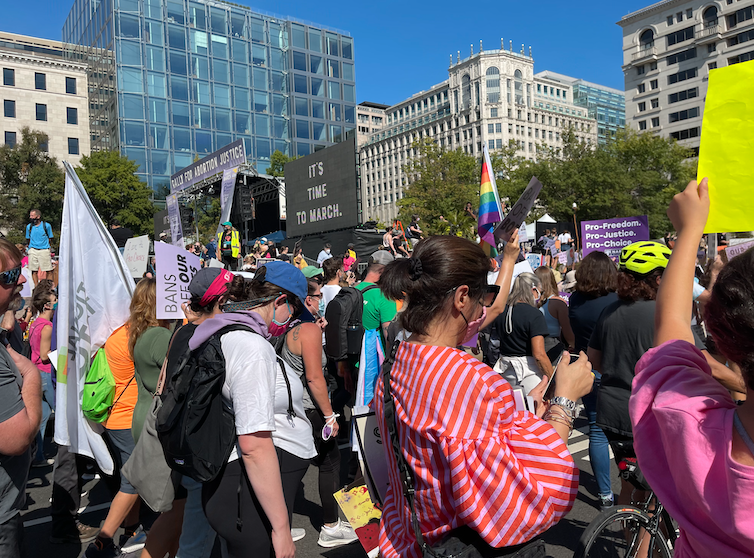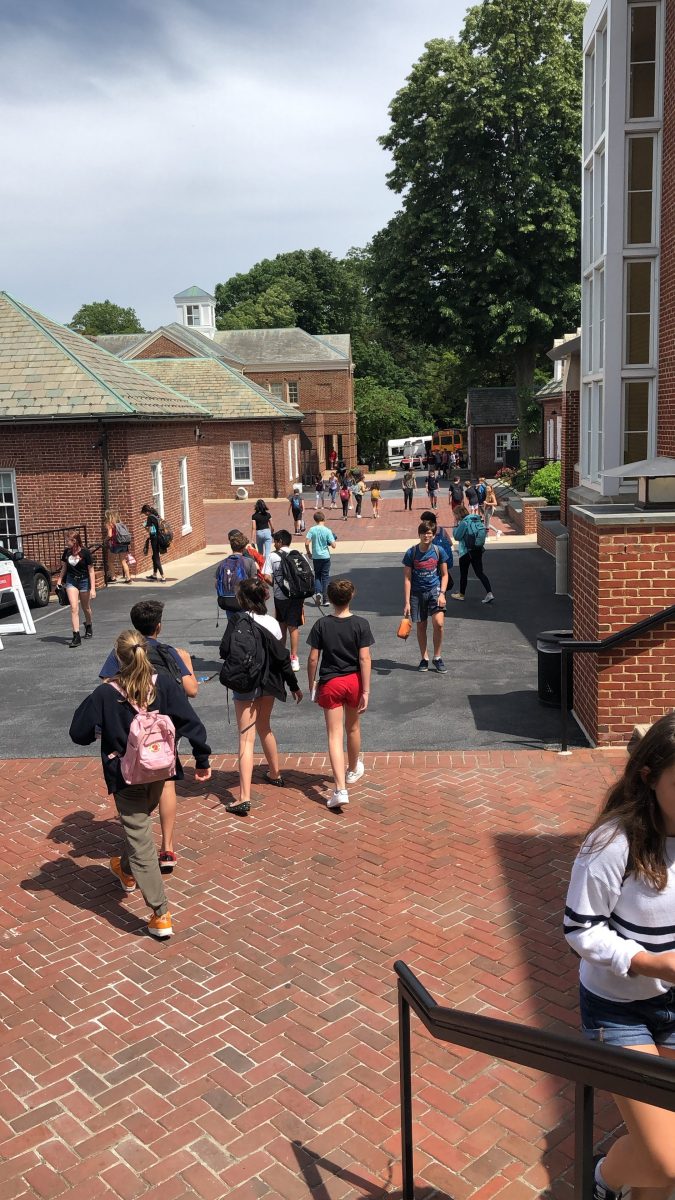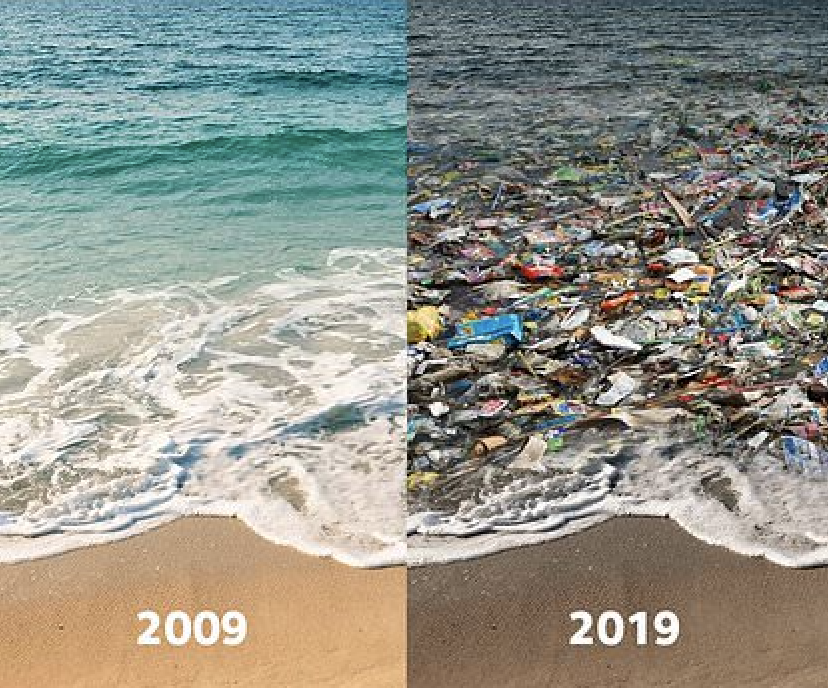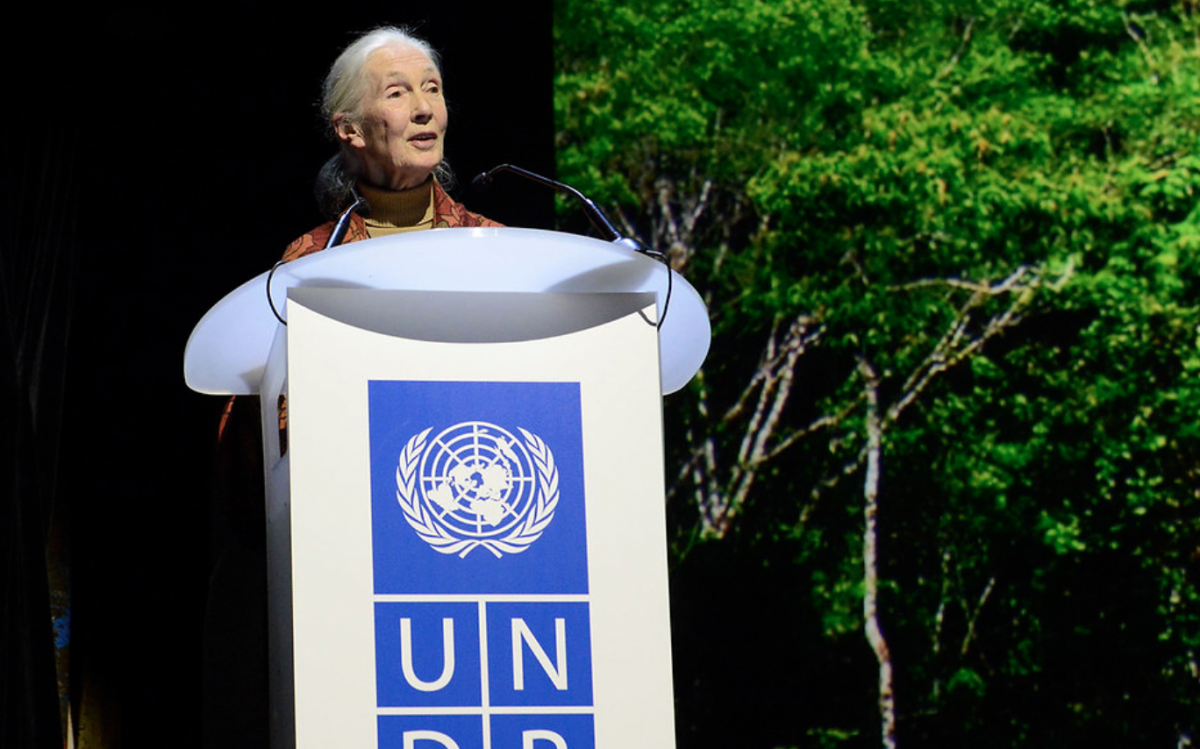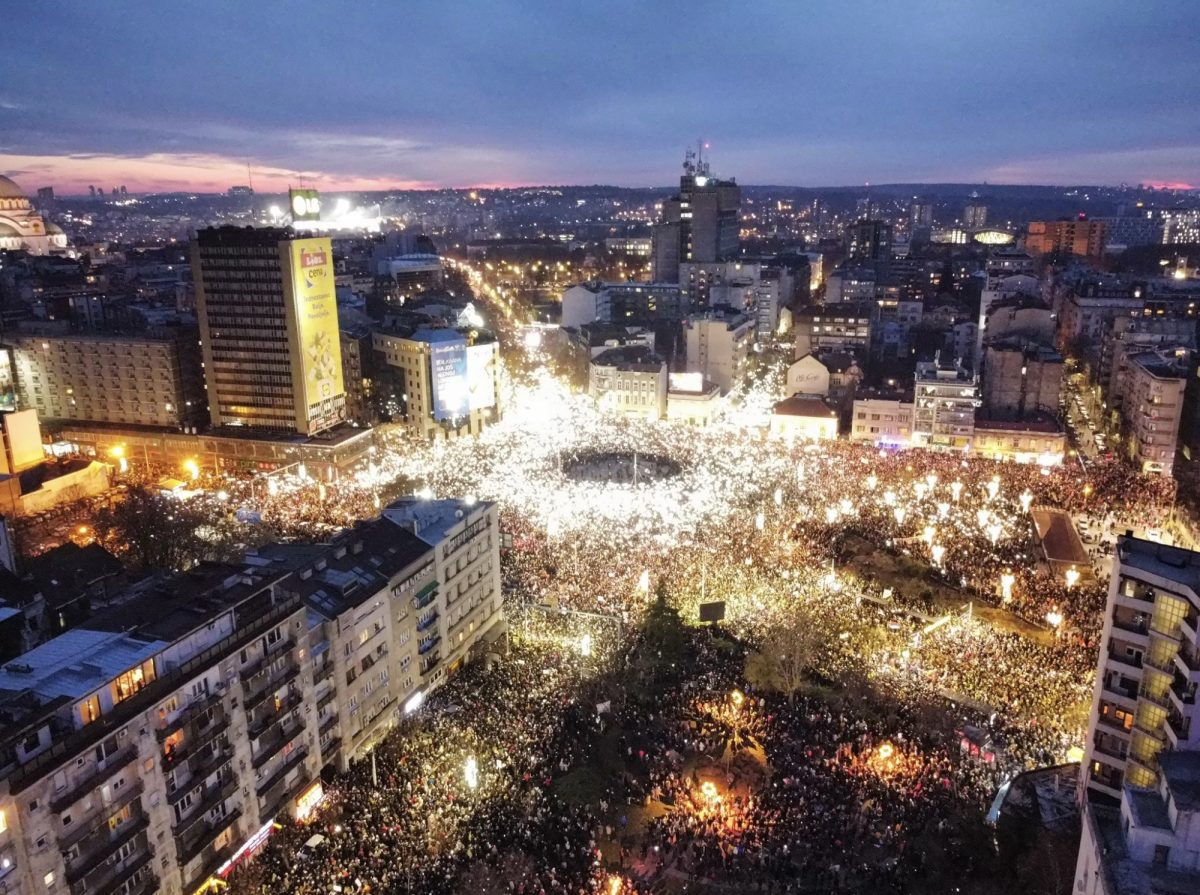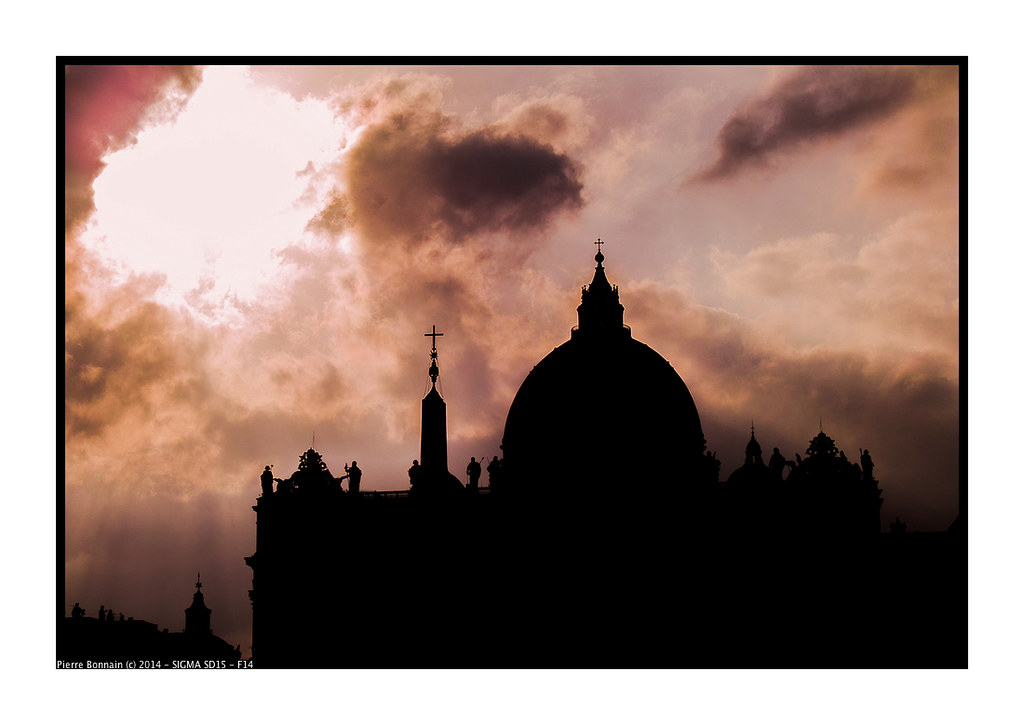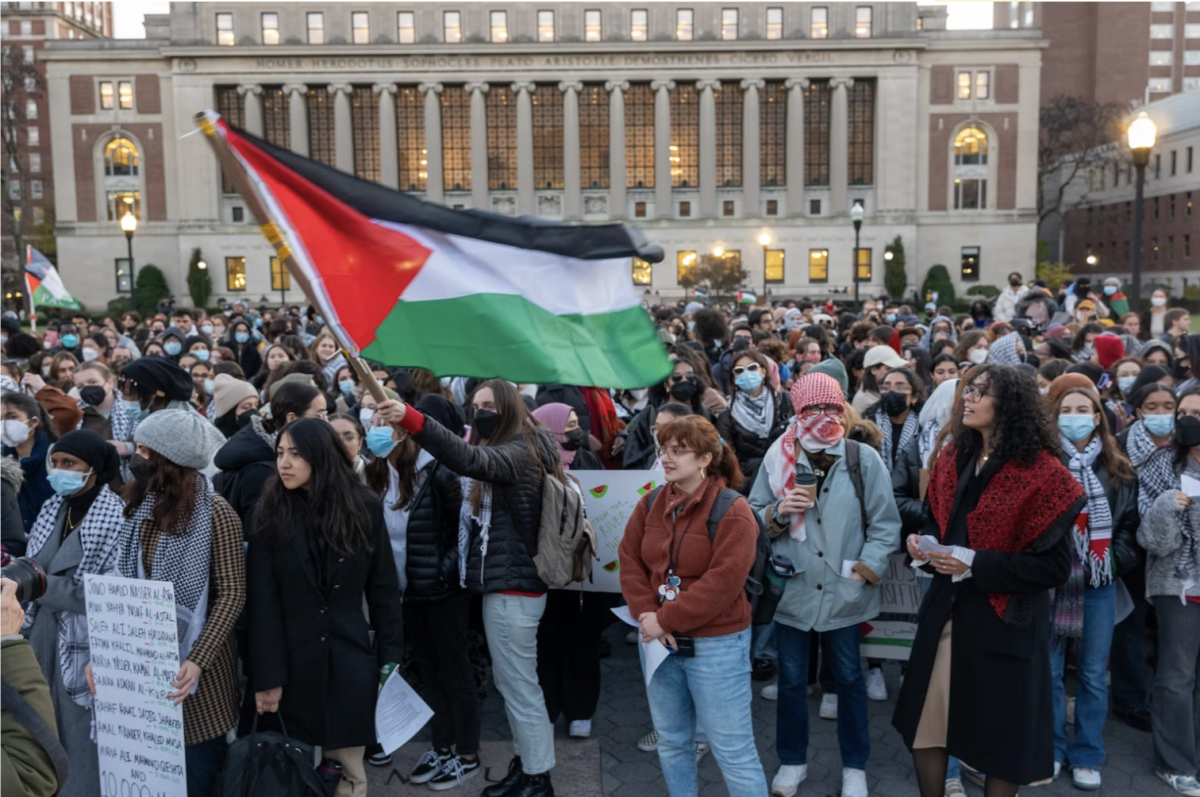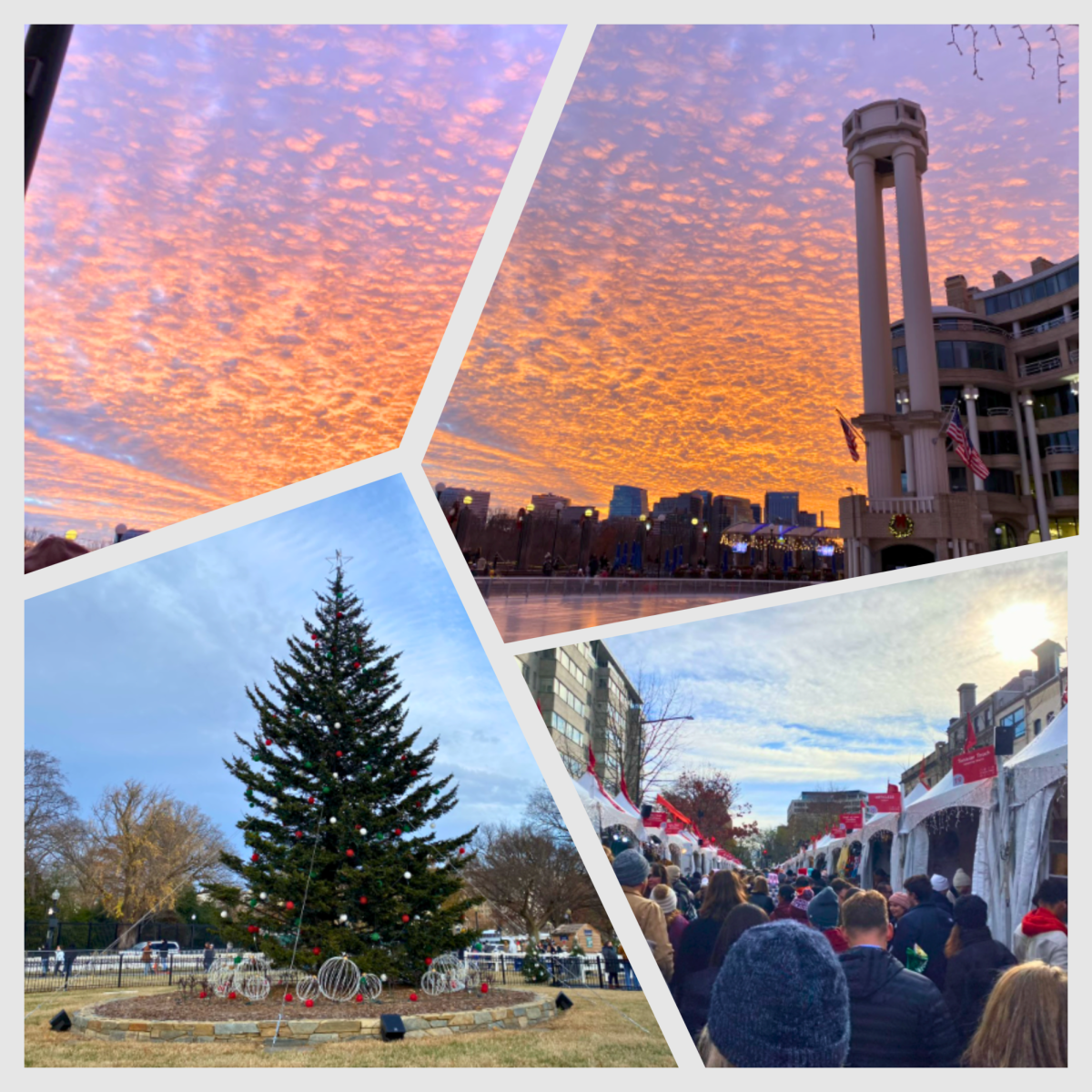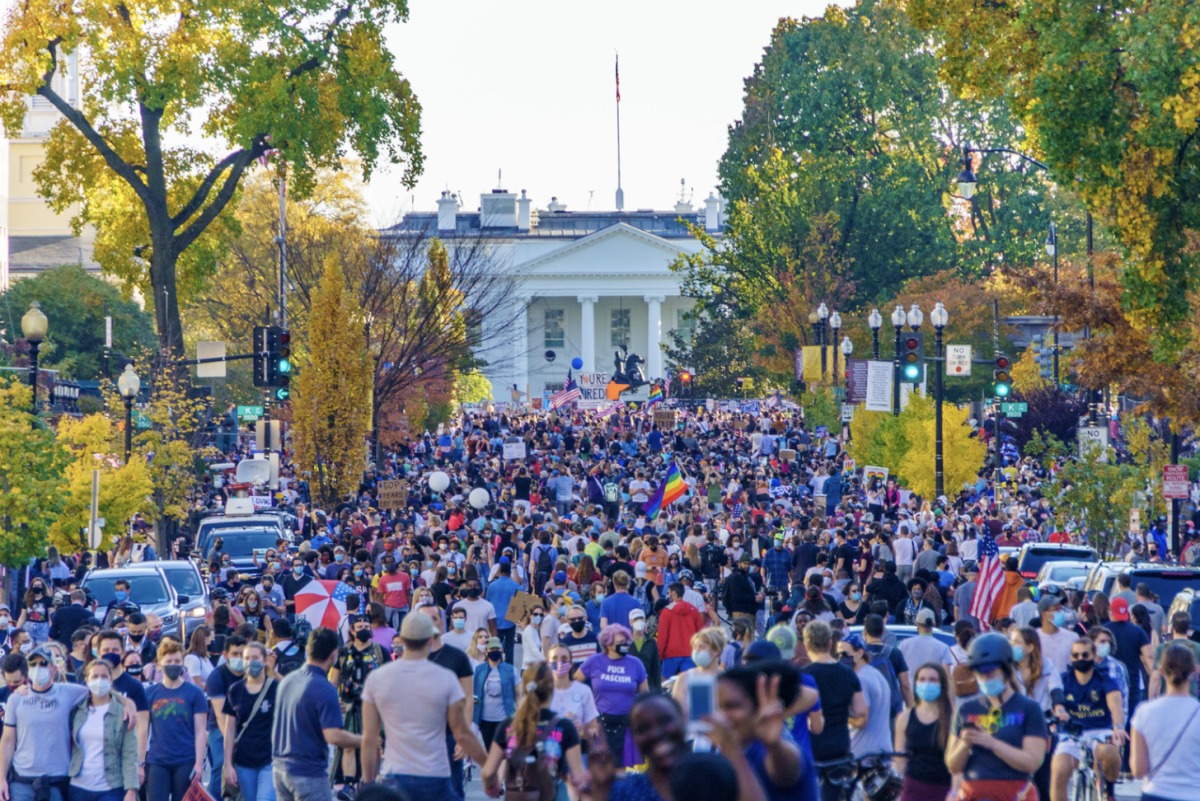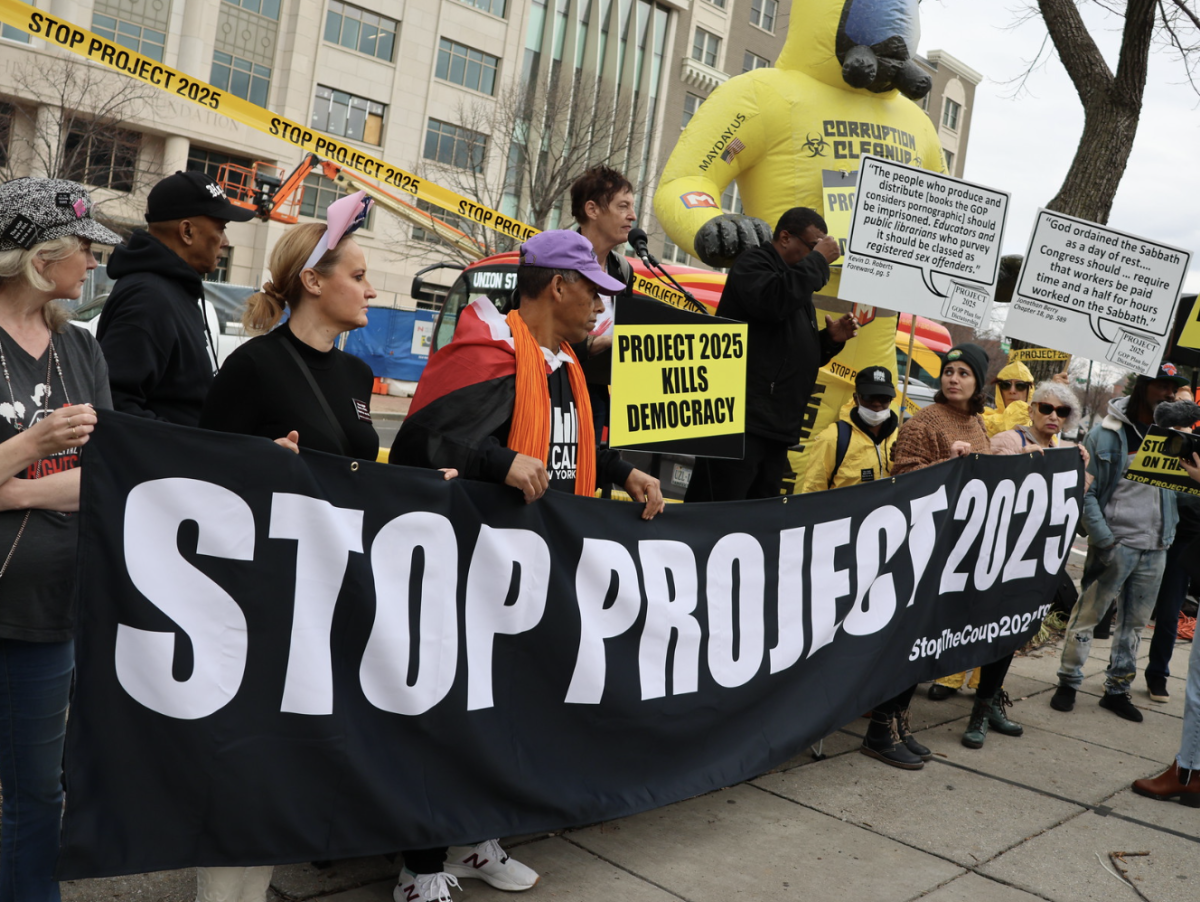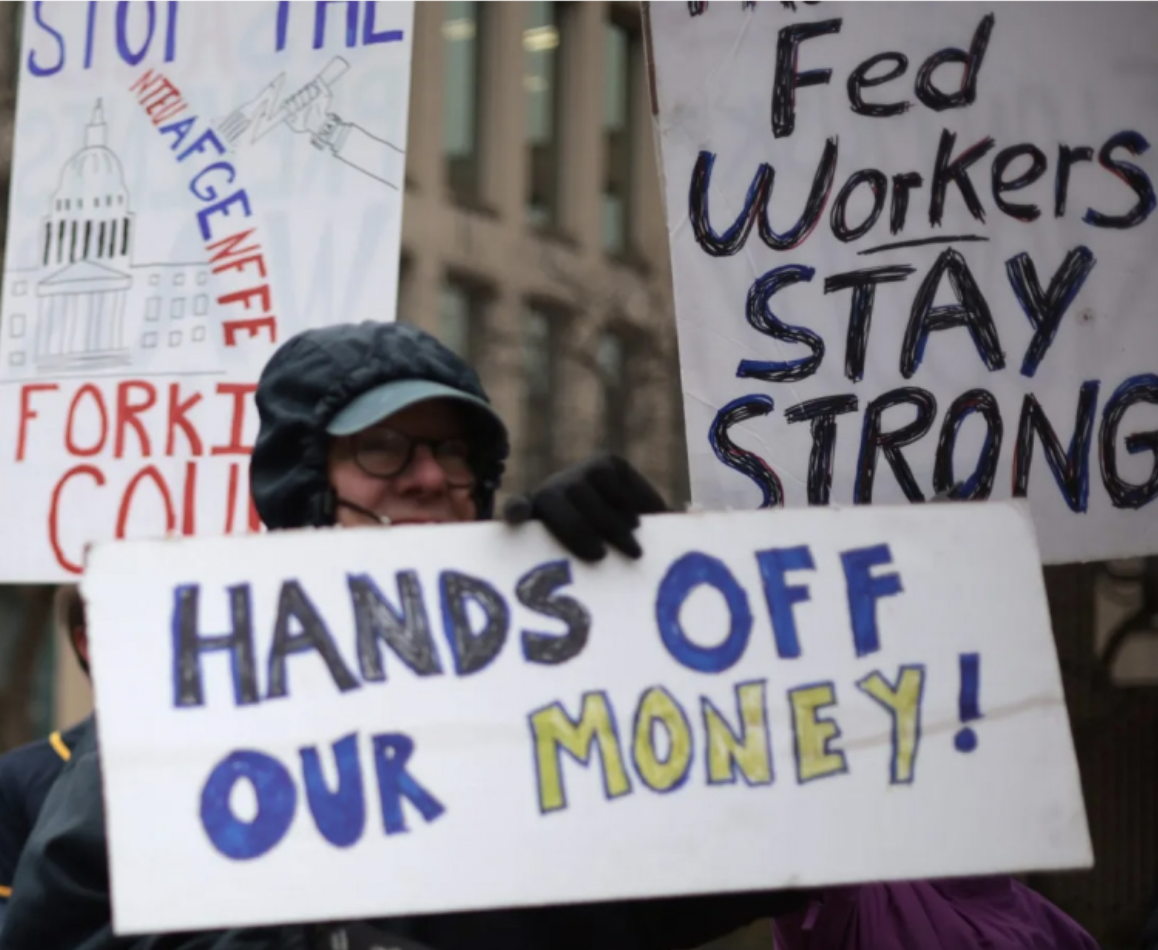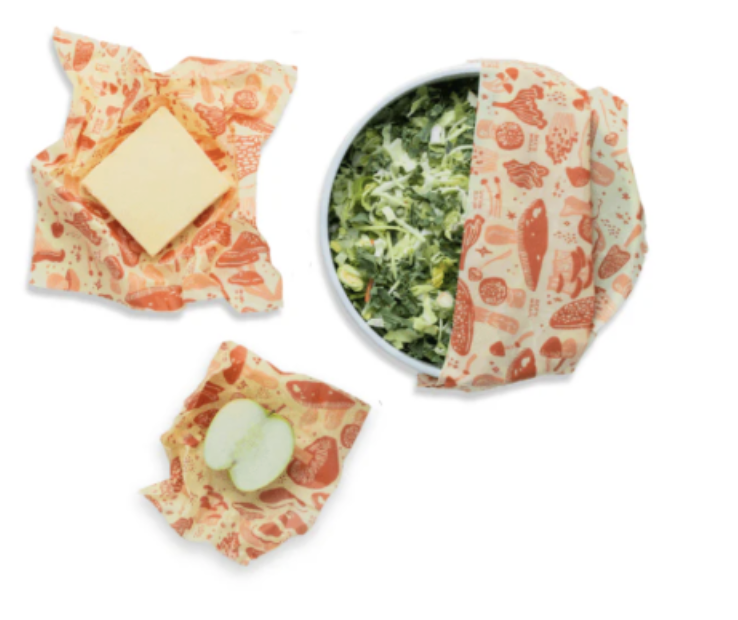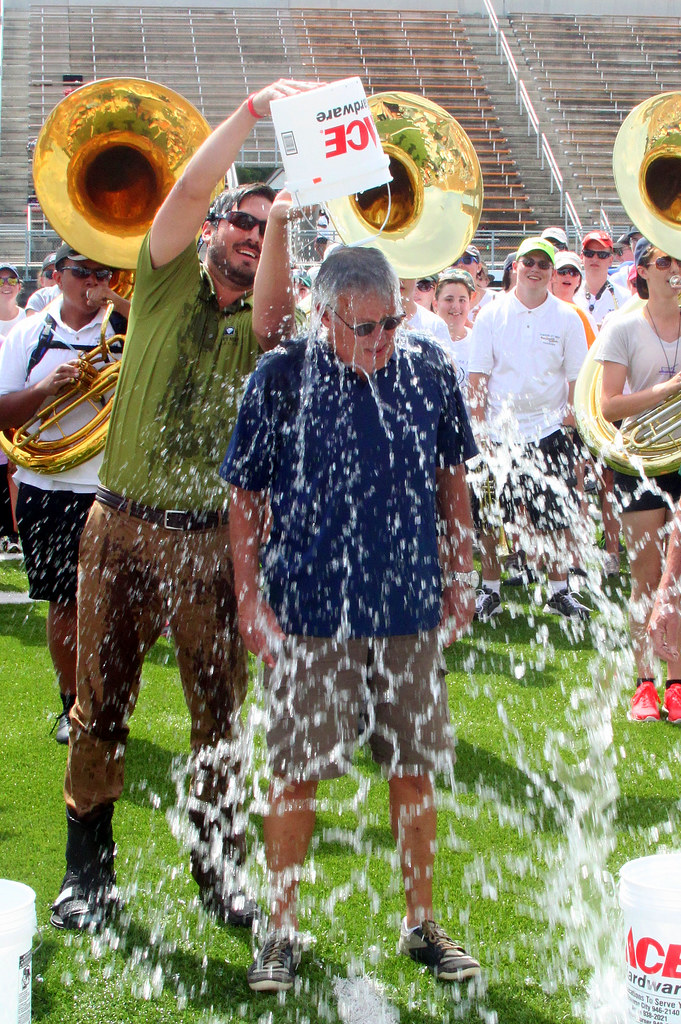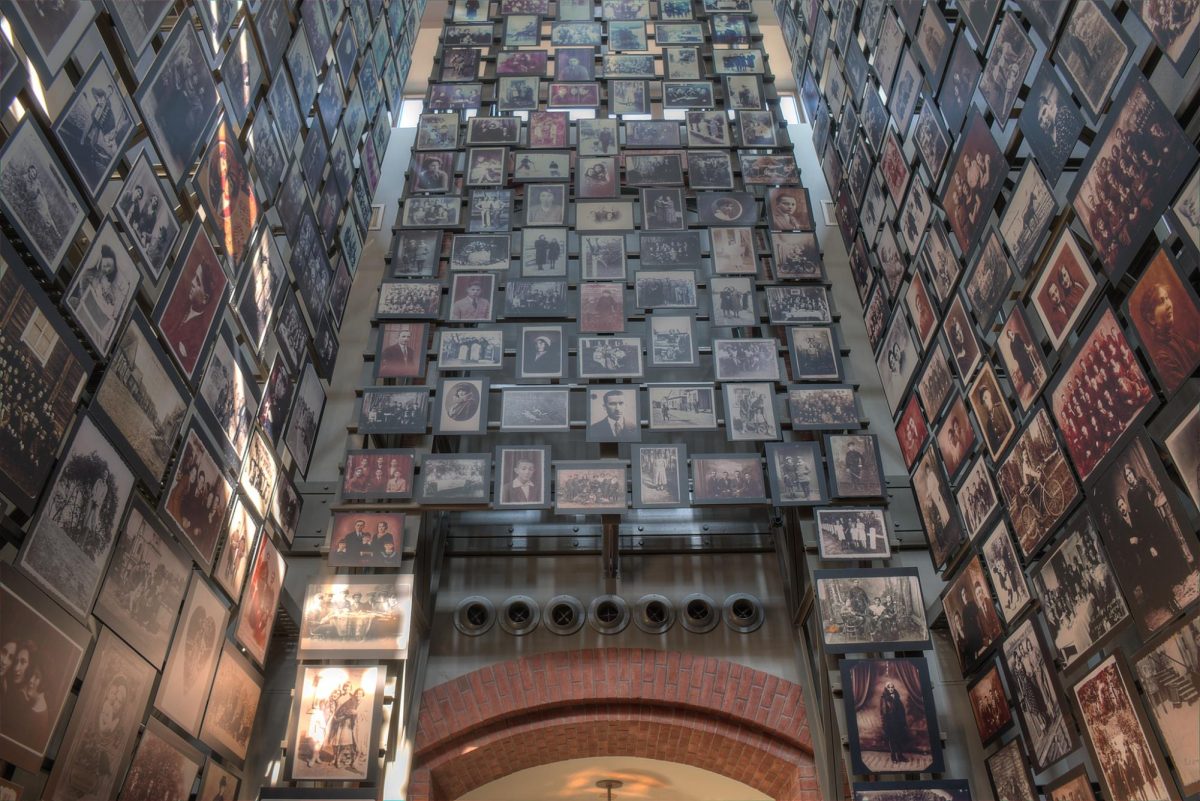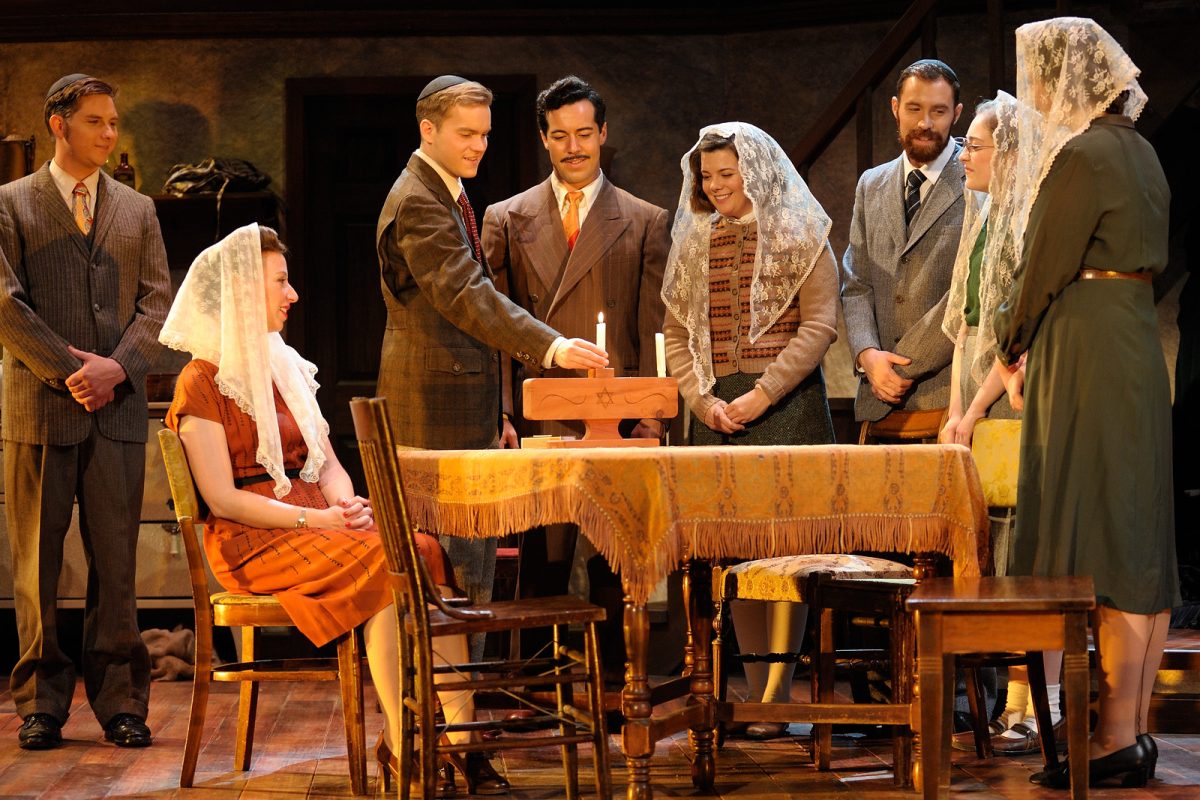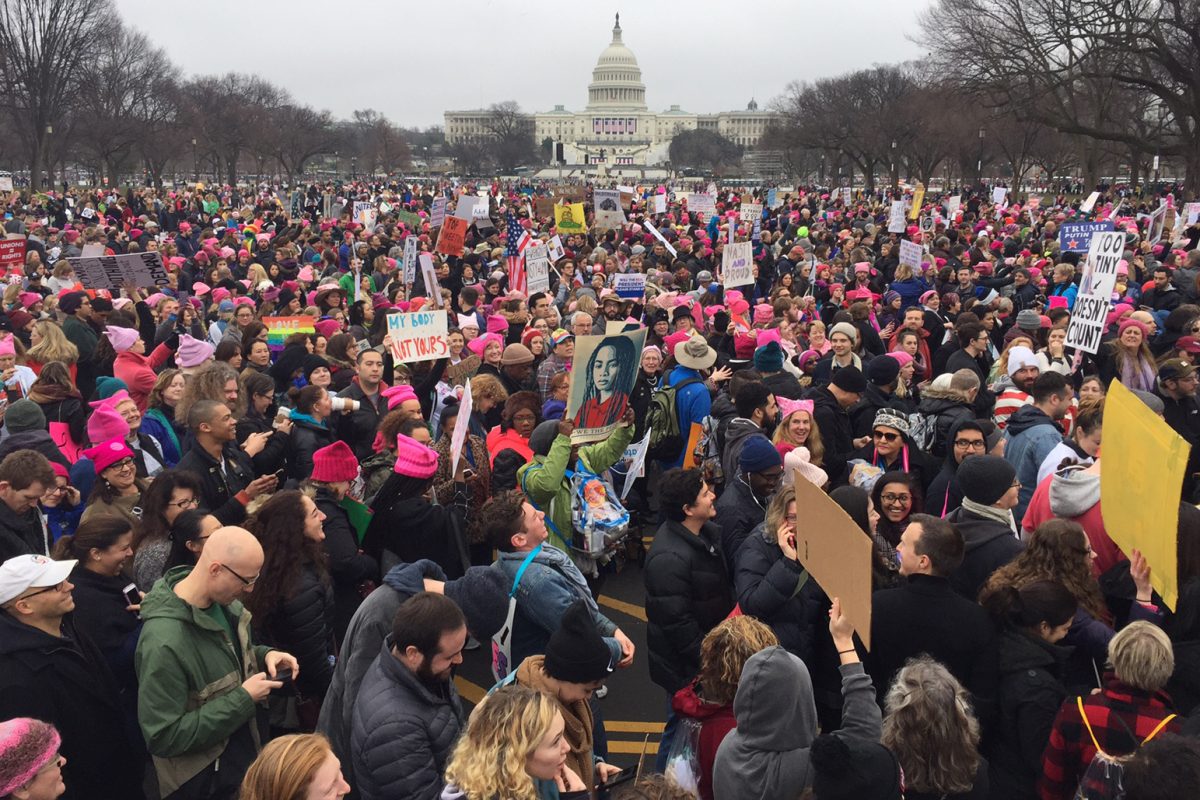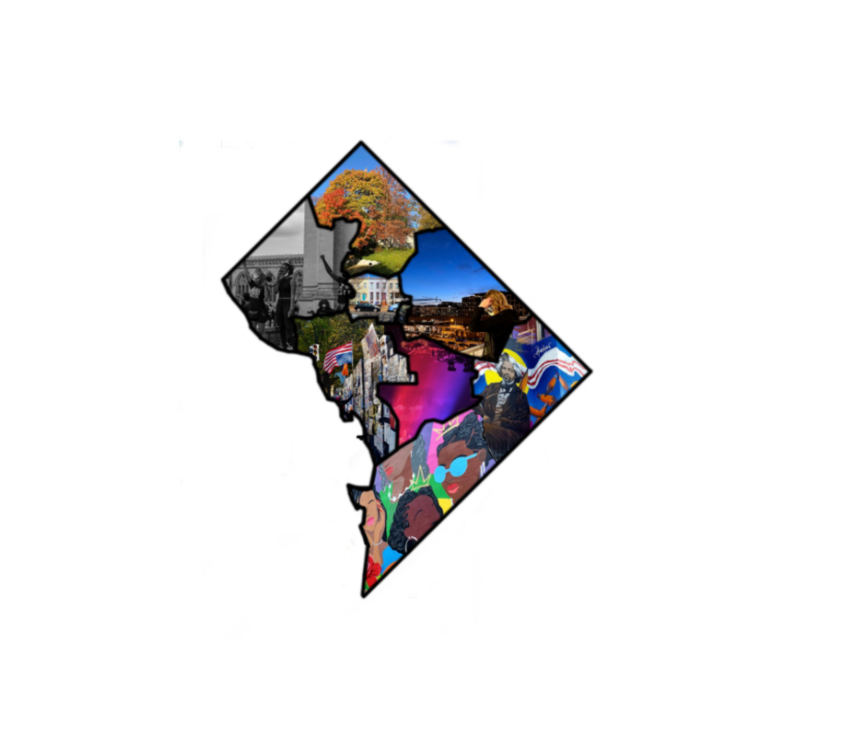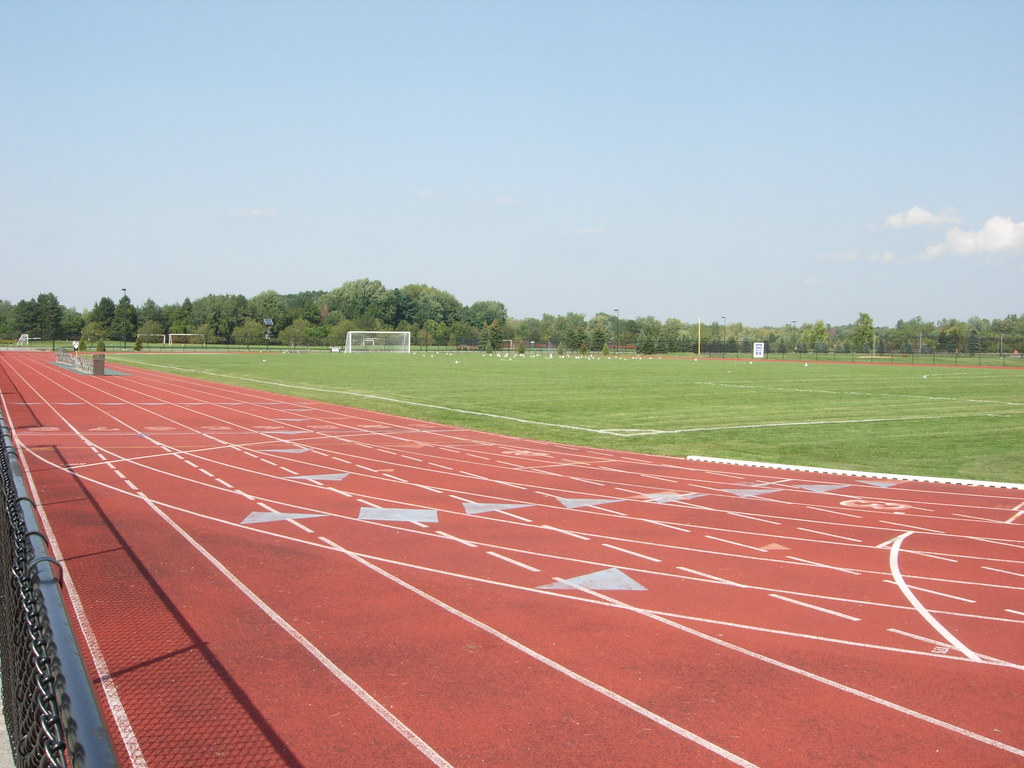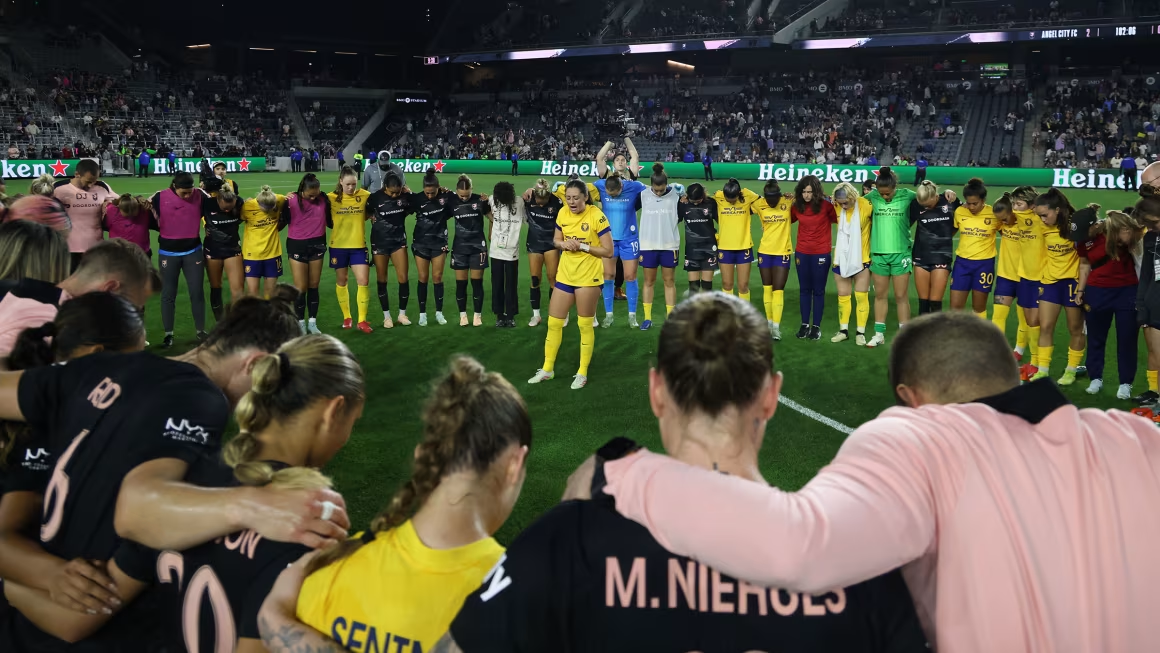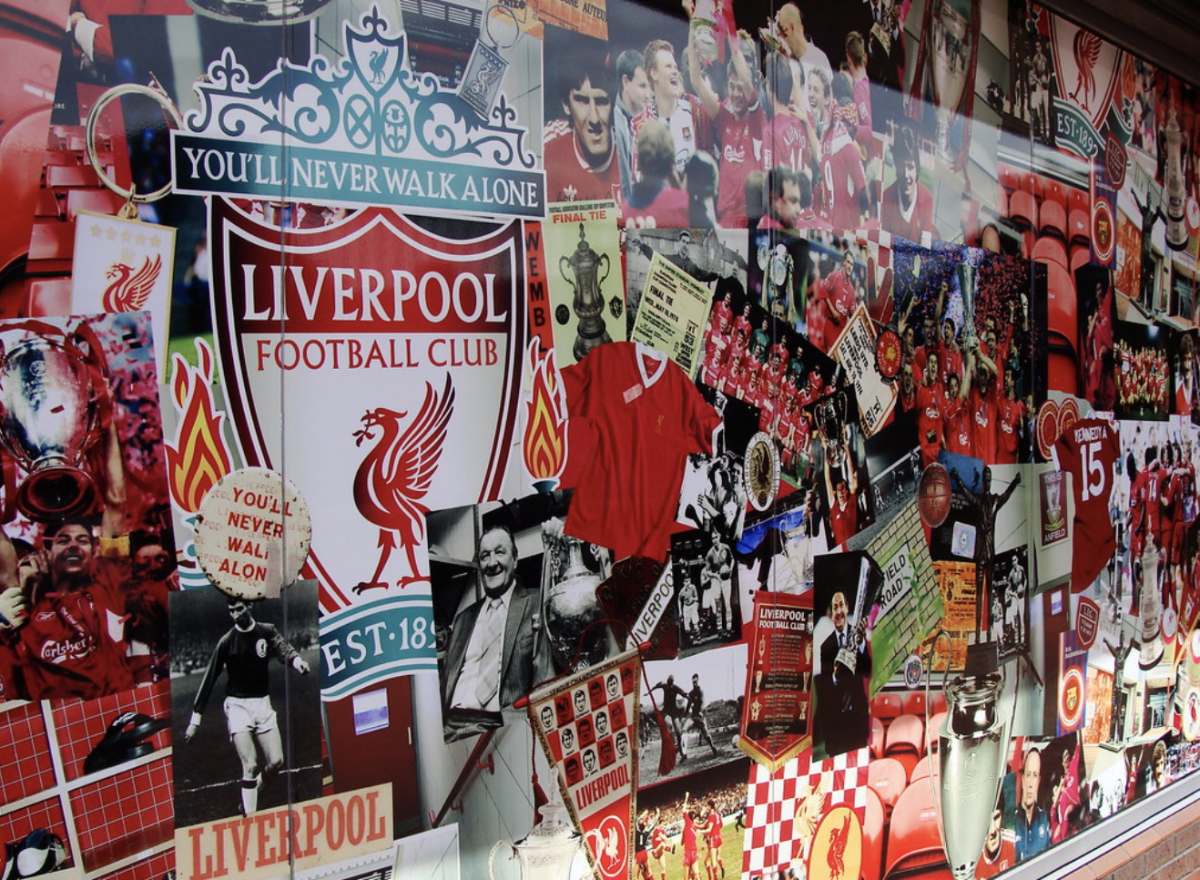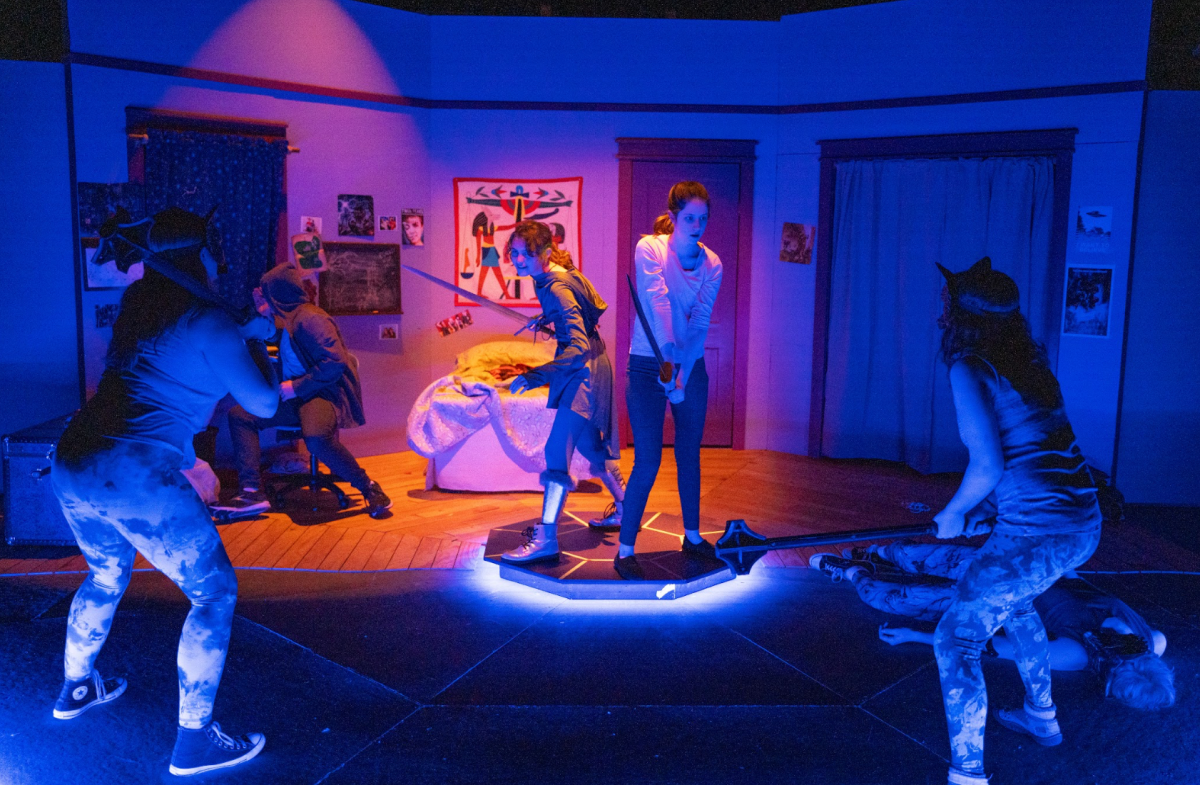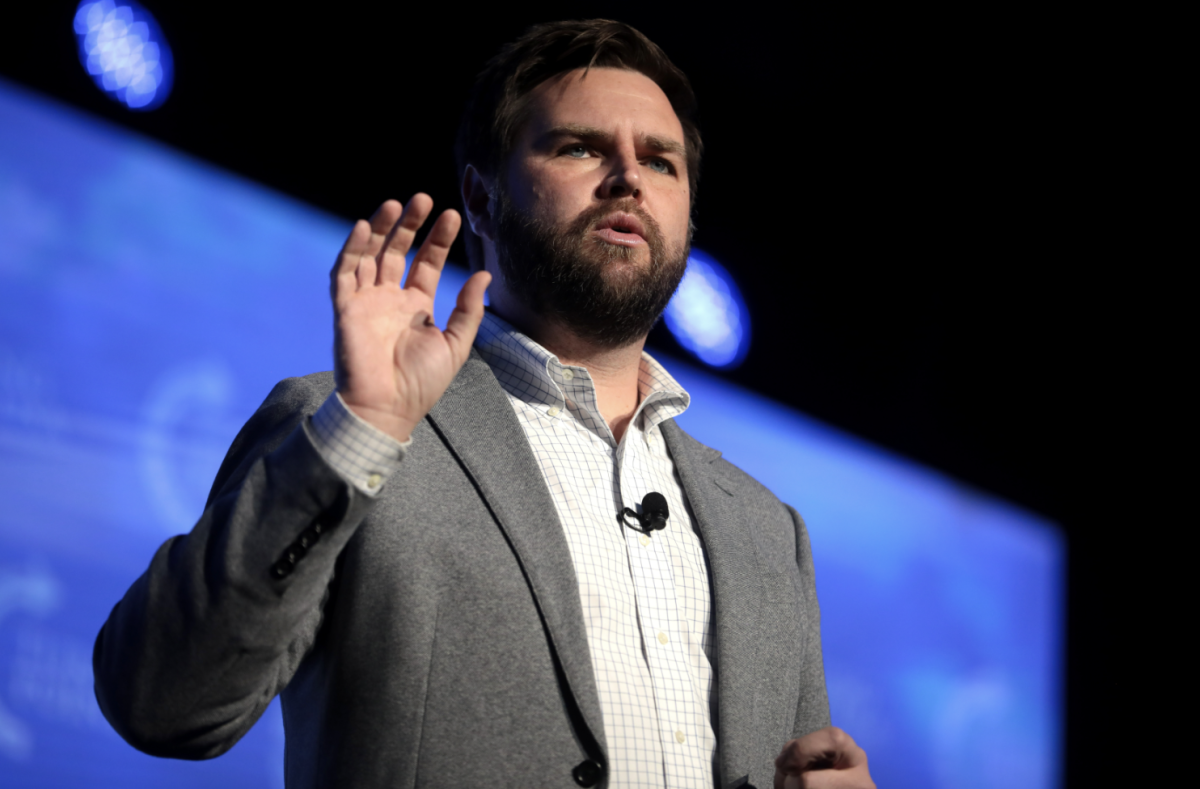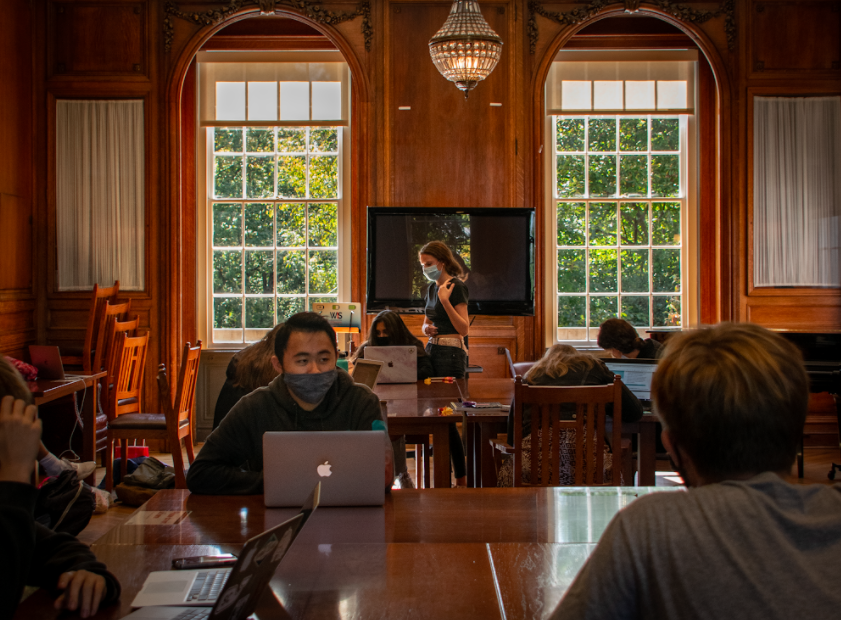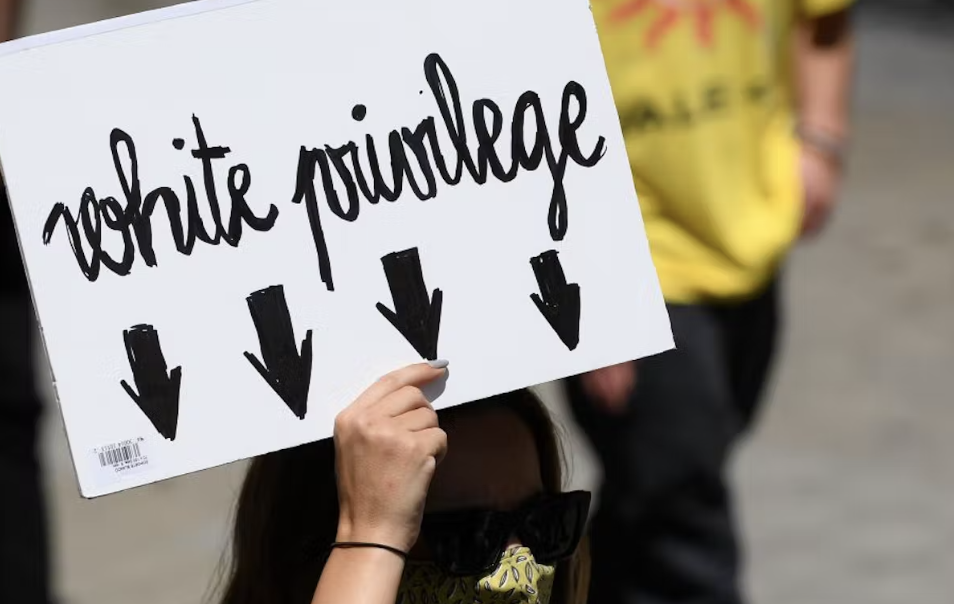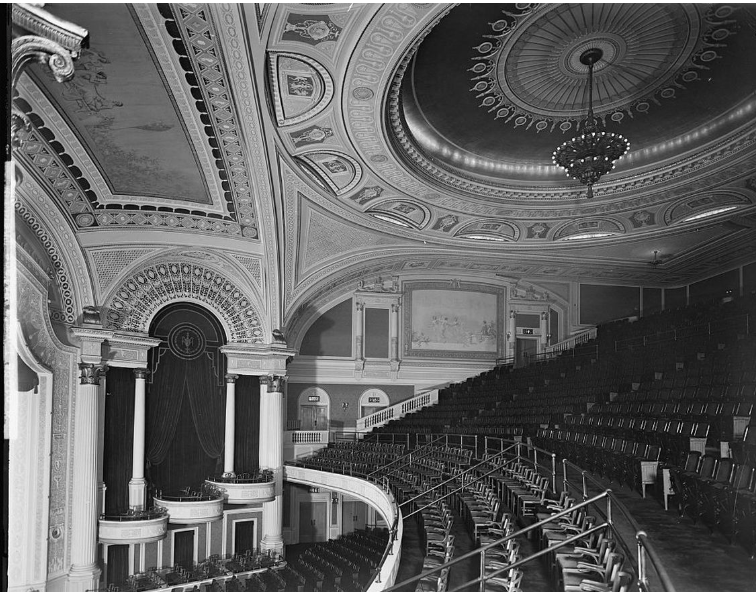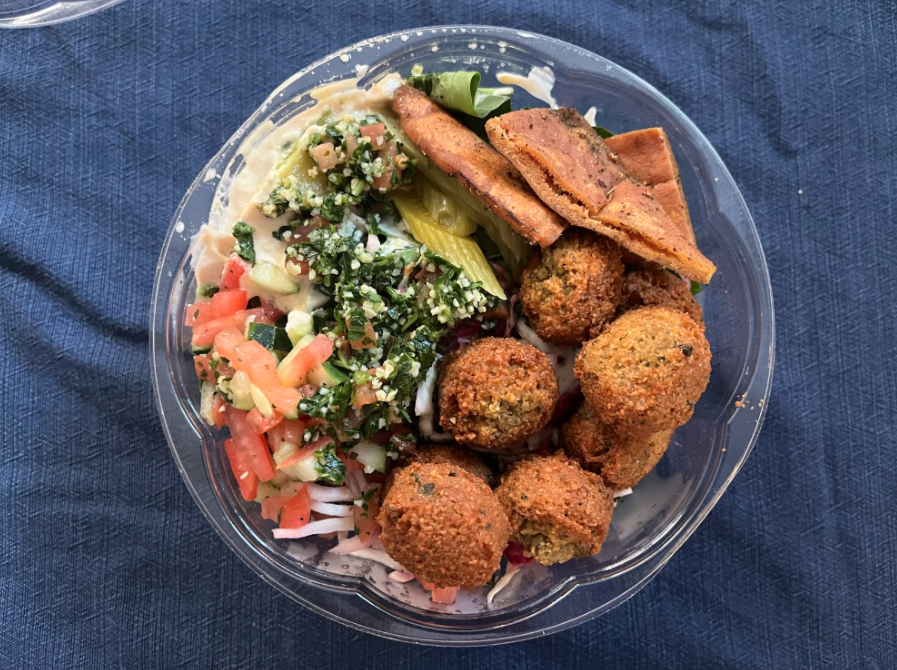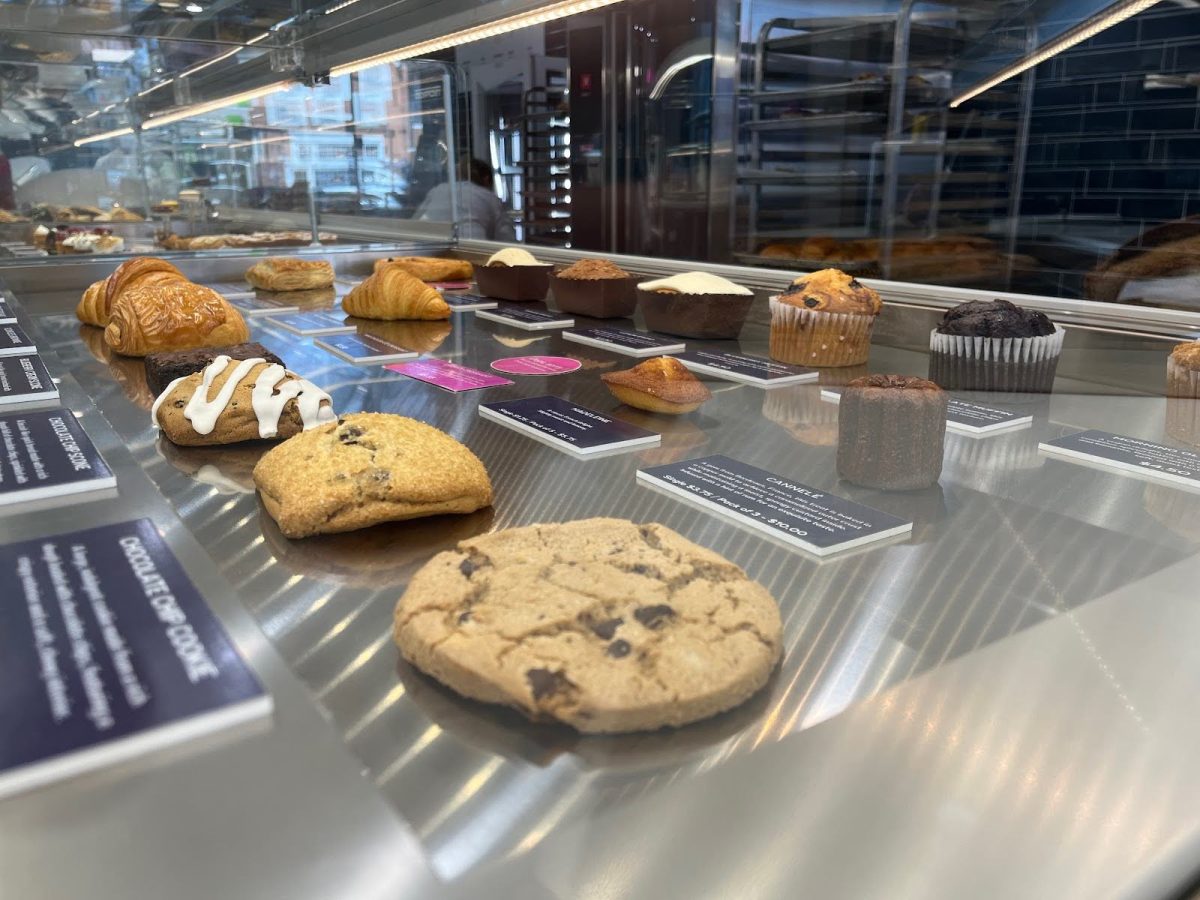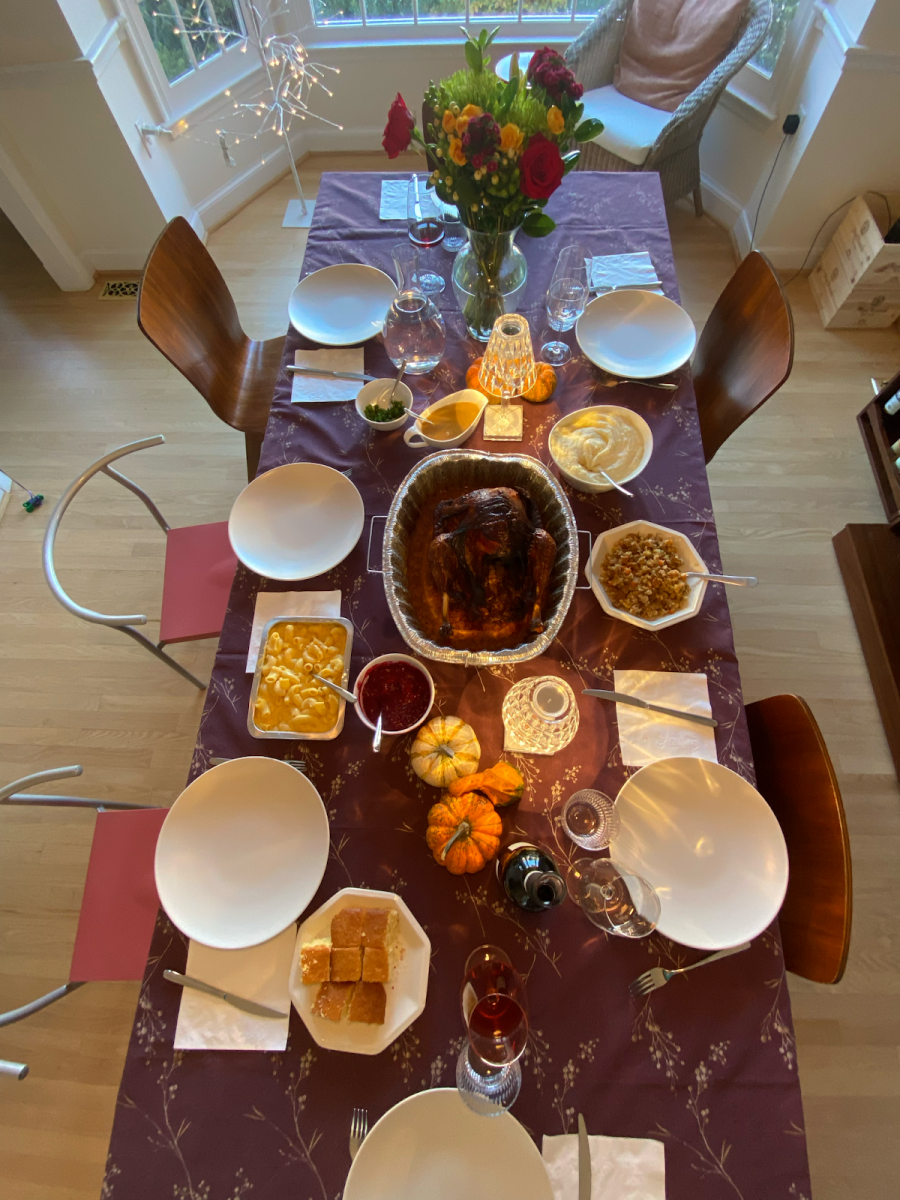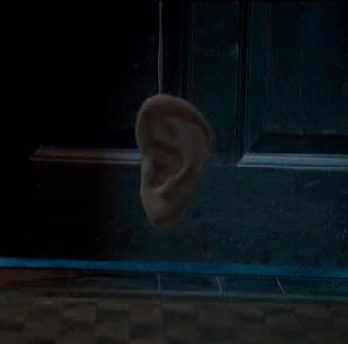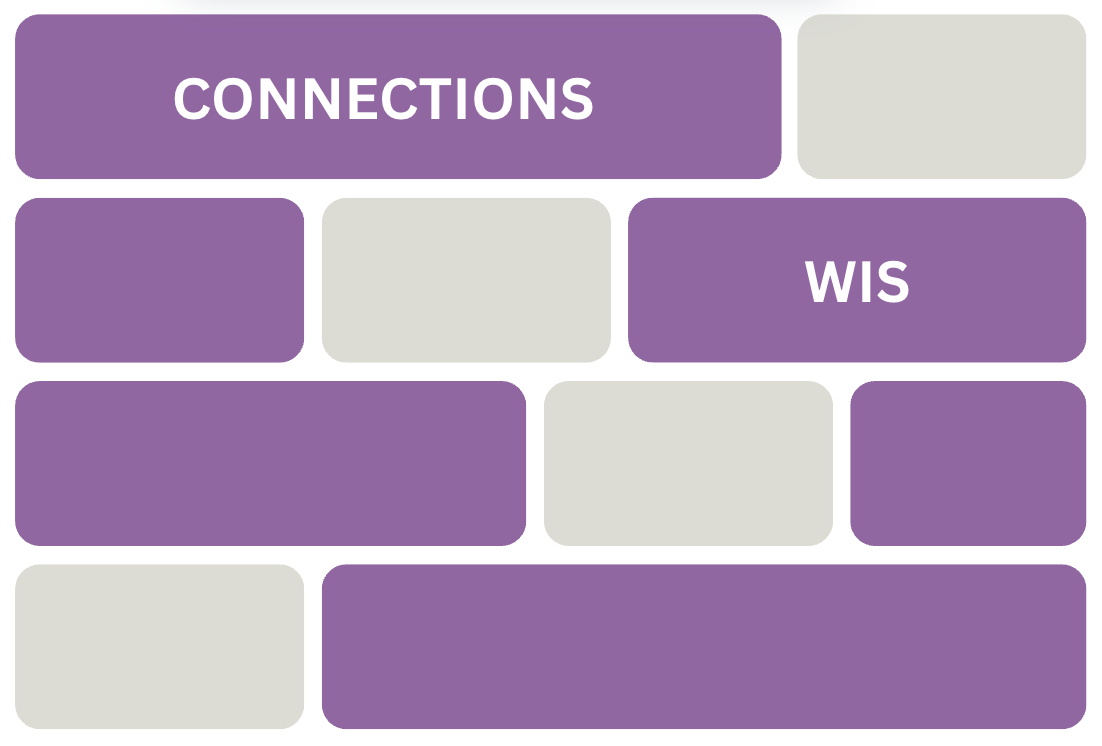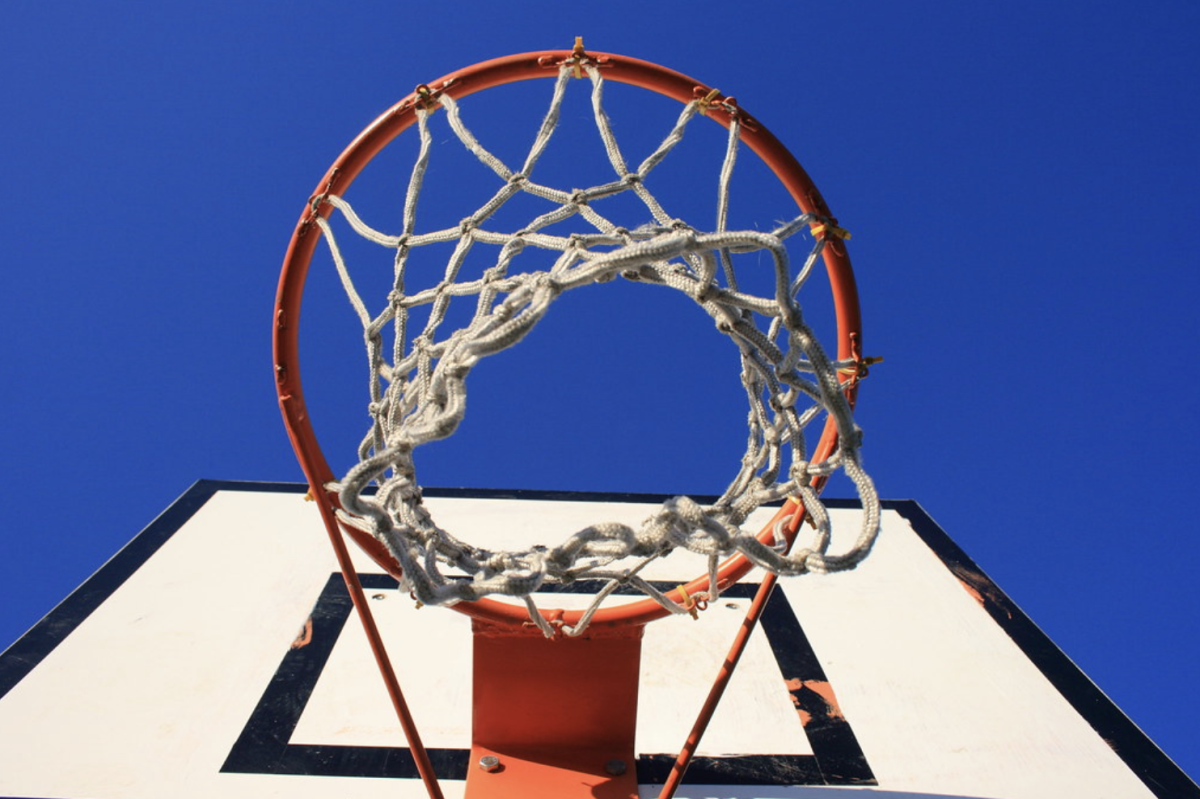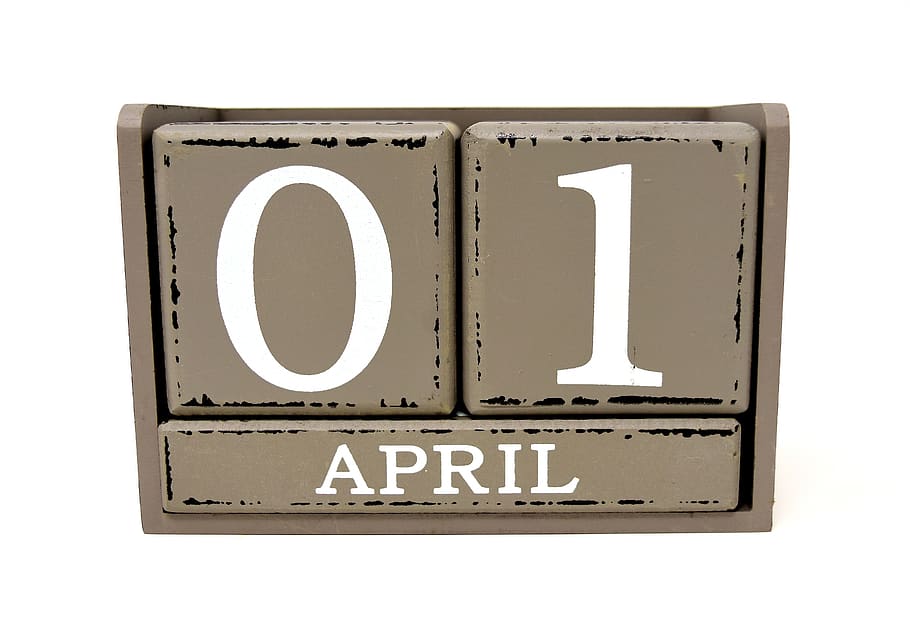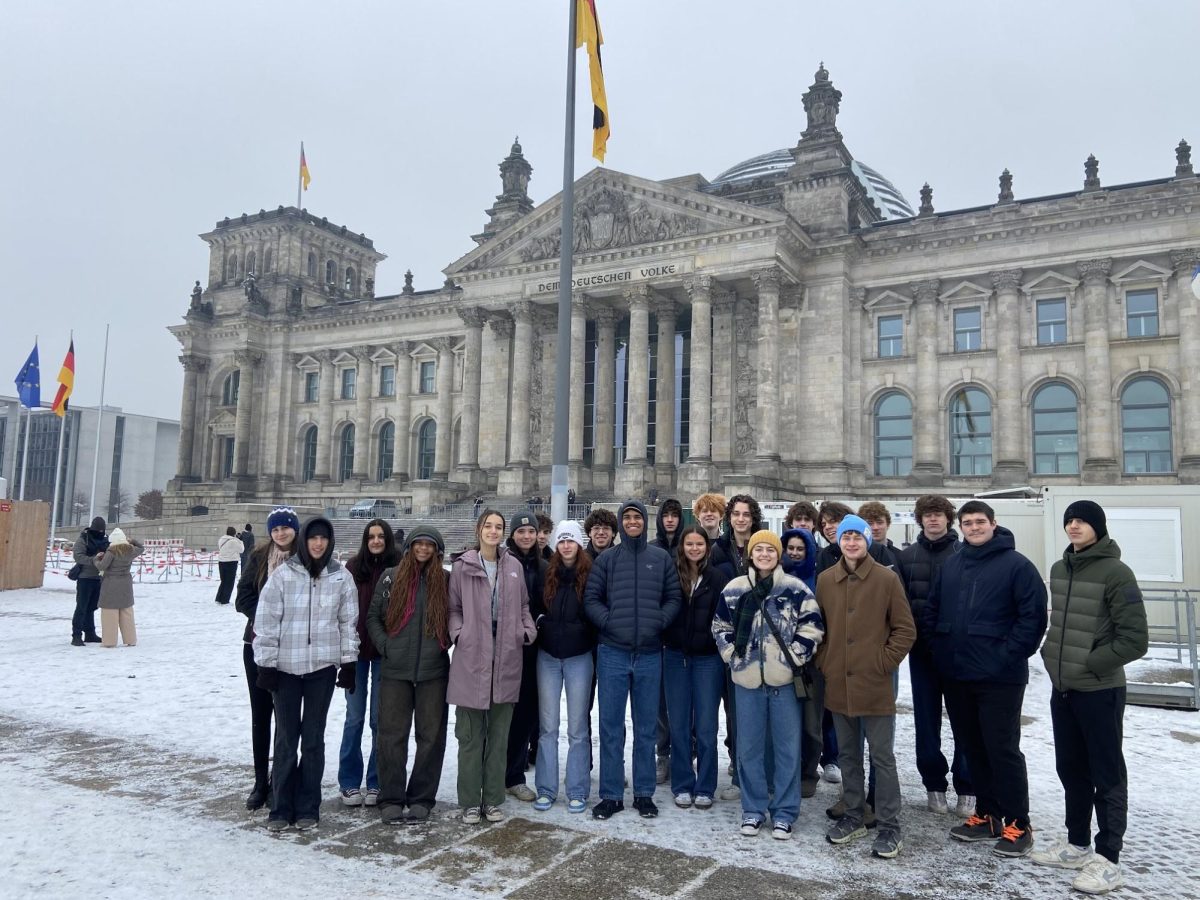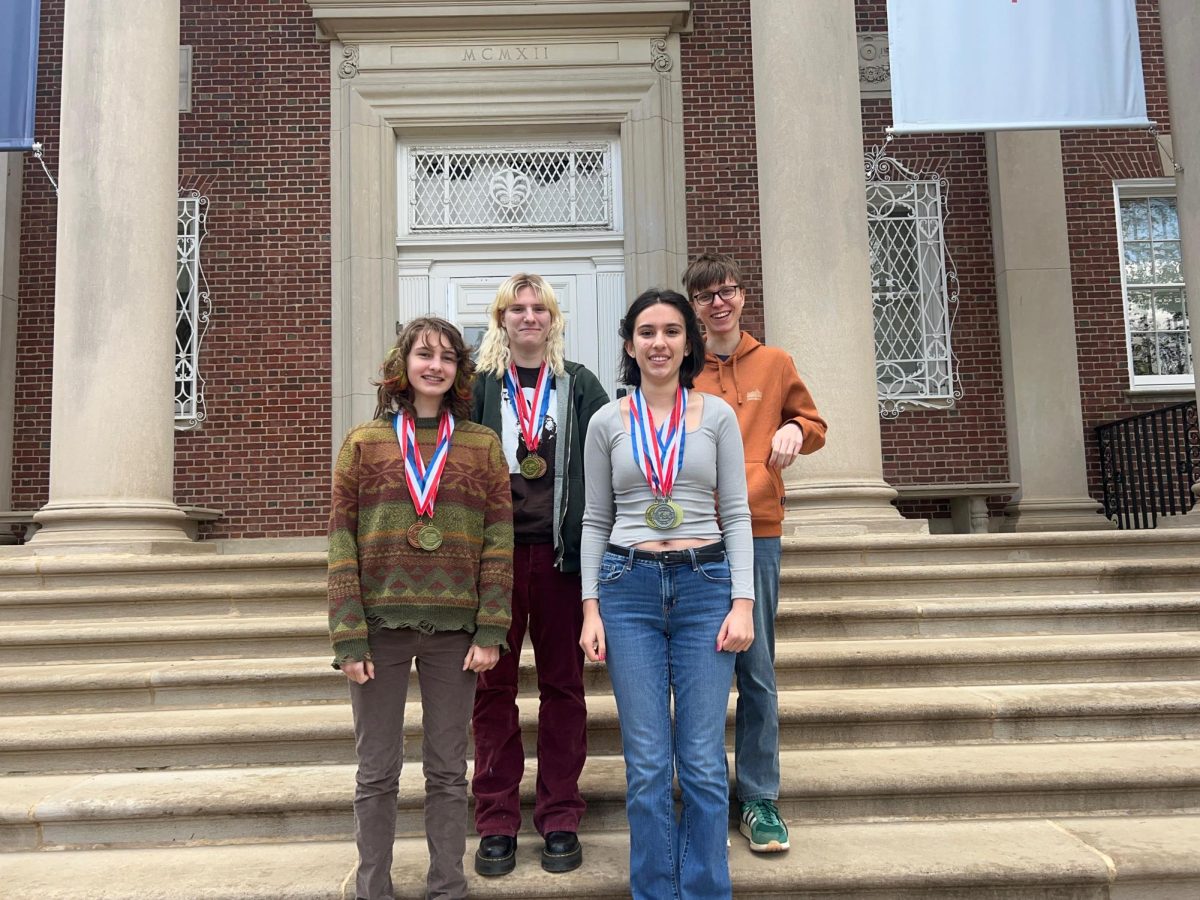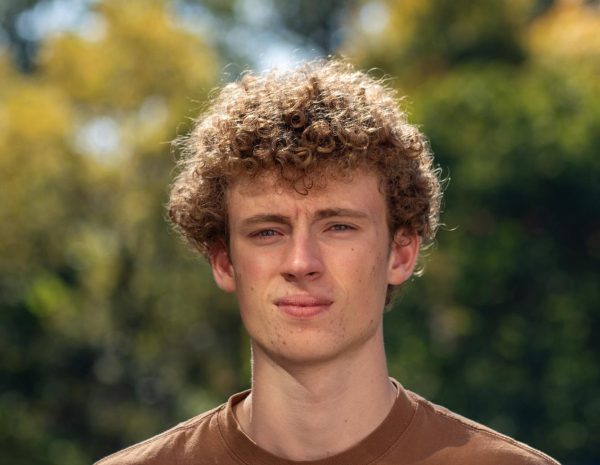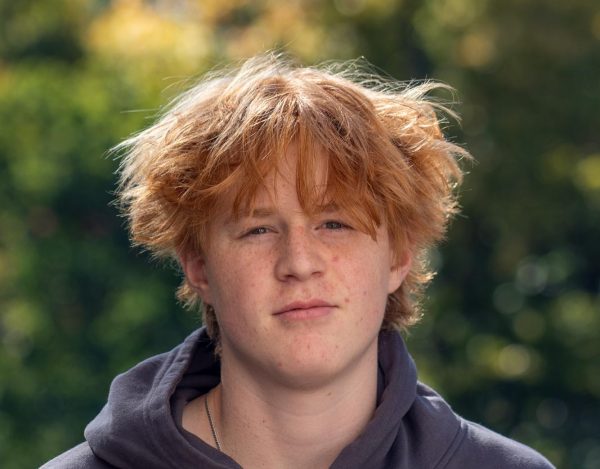On Tuesday Feb 11, a group of 11th and 12th grade WIS history students boarded their plane to Berlin. The weather forecast was predicting heavy snow, which had started to fall while at the airport, raising concerns of delays or even cancellation. After leaving the gate, the group spent an uncertain hour on the taxiway while airport crews sprayed the plane with de-icing fluid. Finally, under the twilight sky, the History trip took off. After 12 hours of travel and a stopover in Amsterdam, the relieved group arrived in Berlin.
Day 1
On Day 1, jet-lagged and worn out, we arrived at the hotel near the Freiderichstraße station in the early afternoon. After settling in, we left the hotel to walk around the neighbourhood. Our first stop was the Tränenpalast museum, a museum near the Berlin Wall that displayed what life was like living in Berlin while the wall was standing. We heard stories of people who tried to escape to West Berlin from the east, and learned how the wall was built and guarded.
We then left the museum and walked to the DDR (East Germany) Museum. Here, we learned about what it was like living in East Germany under communist control. There was a Trabant on display, a common East German car which was primarily made out of plastic to reduce cost. Trabants took (on average) ten years to receive after putting yourself on a mailing list for one.
This was also our first introduction to the Stasi (the East German secret police). The Stasi terrorized East Germans and made life dangerous for those who opposed the government. We learned that 1 in 7 East Germans were Stasi informants and thus, it was very difficult to ensure secrecy when having conversations at that time. We also uncovered several benefits of life in East German society, including free education – covering even university – and comprehensive healthcare at no cost.
The day concluded with a traditional German meal near the hotel that consisted of a variety of meats, potatoes and salad.
Day 2
On Day 2, we were introduced to one of our tour guides, Hannah. She had lived in Berlin for 7 years and would be with us for the next two days.
The day started on the bus with a bus tour of the city. We stopped at the Bundestag, the current parliament, built on the site of the old Reichstag which burned down. The Nazis blamed the fire on the communists and used the incident to gain more control over civil liberties in Germany. Additionally, we saw Käthe Kollwitz’s Pietà, a statue of a mother holding her child that serves as a memorial to all those who suffered from war and tyranny. We also paid a visit to a preserved portion of the Berlin Wall, which was covered in murals by different artists.
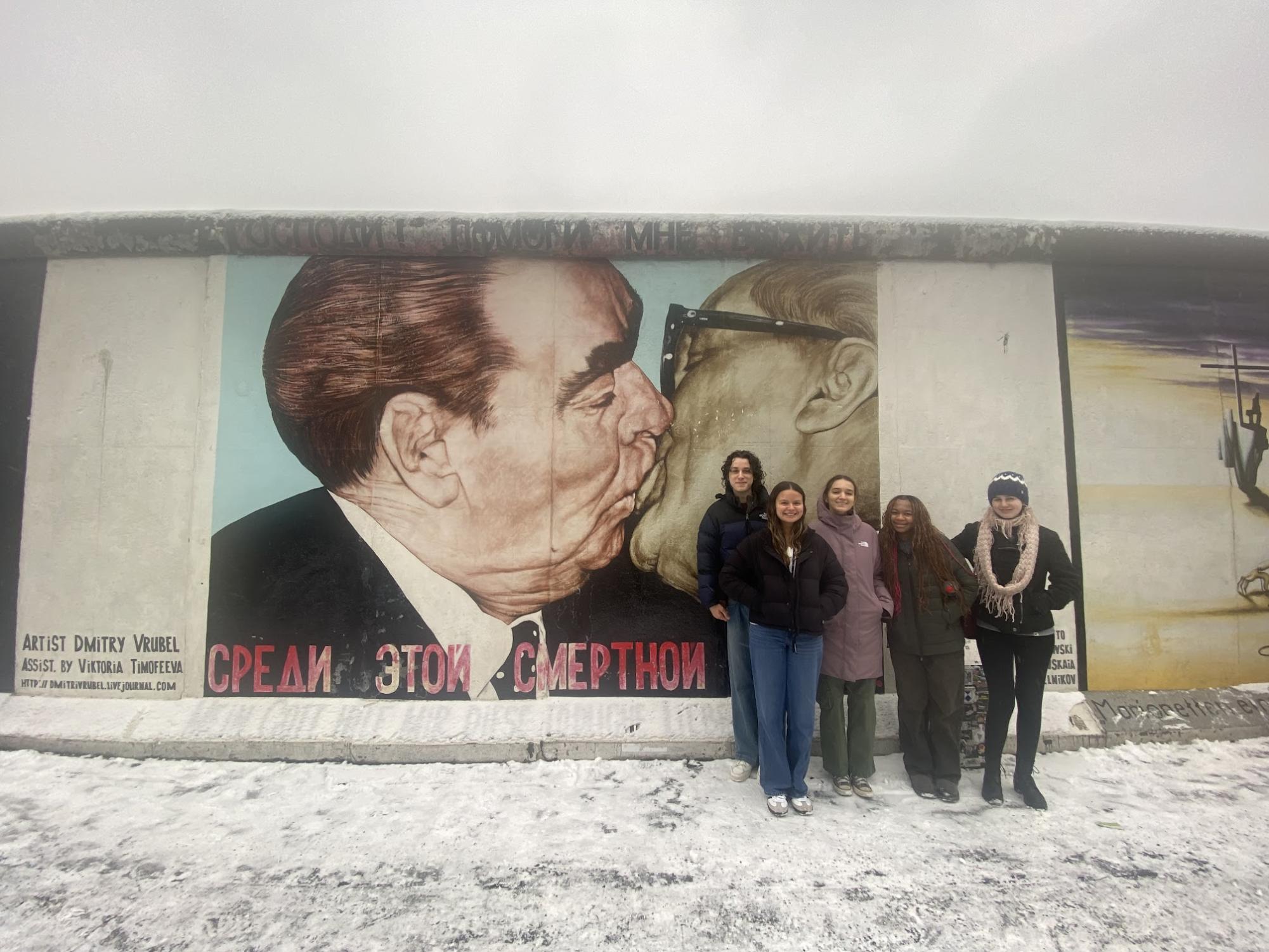
After the conclusion of the bus tour, we stopped in a shopping centre to get lunch and then began the walking section of the tour. We walked over the bunker where Hitler lived during the last weeks of his life. The bunker was filled with concrete and turned into a parking lot. Our tour guide explained this was because, at the time, officials believed there was no way to properly preserve the site without it potentially glorifying Hitler and serving as a meet-up spot for Neo-Nazi groups.
We then went to the Jewish Memorial which consists of a rectangular array of 2,711 blocks of concrete that are designed to be ambiguous and left to personal interpretation. The tour then concluded at the Brandenburg Gate, arguably the city’s most famous monument.
Finally, we ended the day at a restaurant in the Sony Center near Potsdamer Platz, with meatballs and apple pie for dessert.
Day 3
On Day 3, we woke up early to drive to the northern outskirts of Berlin, where the Sachsenhausen Concentration Camp is located. We learned about the origins of the camp as a detention centre for political prisoners, which was then expanded during the war as the Nazi’s decided on the final solution. The guide explained how it was liberated by the Soviet Union in 1945 but was then repurposed as another prison camp by the Red Army, contrasting how the two forces operated the camp. It was a very sombre visit, giving students time to reflect on the lives lost in this dark period of German history.
Next, we drove to the Olympic stadium in the west of the city, originally built for the 1936 Olympics that the Nazi’s used to present themselves to the world as a legitimate government with good intentions. We explored how the stadium evolved to its present day form, through refurbishment efforts in 1976 and 2005 that added a large roof to the stadium. The stadium is now a mix of neoclassical architecture (the Nazi’s were inspired by the colosseum) and modern. Today, the stadium is home to Hertha Berlin, one of the city’s two largest football teams that competes in the German second league. The 2024 world cup final (Spain v England) was held in the stadium.
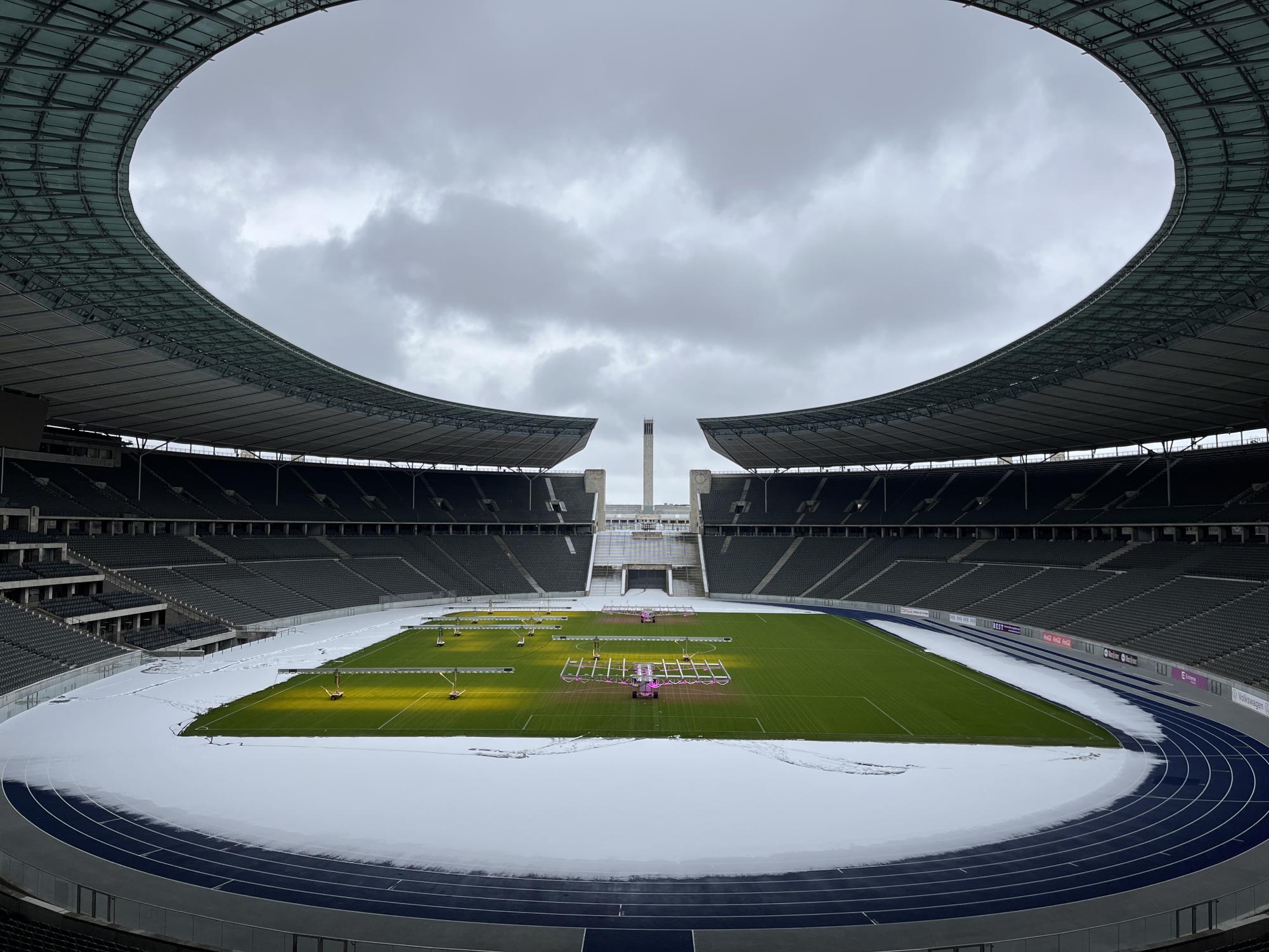
After enjoying some free time for lunch, we headed to the Topography of Terrors exhibition in central Berlin, a museum situated on the former SS/Gestapo headquarters. The building was used as a so-called “house-prison” for political prisoners. Many were transferred onwards to concentration camps. We learned about the role that espionage played in preserving Nazi power in Germany. We finished the day off with some traditional German cuisine in Potsdamer Platz before heading back to the hotel.
Day 4
This was our last day in Berlin. We rose early once again to take our bus to Potsdam, the state capital of neighbouring Brandenburg, where we visited the Cecilienhof Palace, where the Potsdam conference was held between Stalin, Churchill and Truman (the big three), toward the end of WW2, to decide how Europe would be divided at the end of the war. We all reenacted the famous three-way handshake between the leaders.

We then visited the palace of Frederick the Great, the first leader of Germany where we toured the elaborate gardens and threw snowballs at each other. This visit was followed by a walk through the picturesque Brandenburger Straße in the centre of Potsdam, and lunch.
After lunch, we took a short drive to the Wannsee Villa, where the “final solution” was agreed on by high ranking Nazi officials. The villa itself was beautiful, situated on a lake. In the museum, we learned about how the Nazi’s priorities with respect to Europe’s Jewish population changed. The museum also placed emphasis on the many documents detailing the plans for the final solution that were recovered from the villa after the war, which helped to convict Nazi war criminals of crimes against humanity in the Nuremberg Trials.
Following our visit to Wannsee, we drove back to the centre of Berlin to enjoy some free time, where we went to explore Berlin further and get some Berliners, a traditional delicacy from the city.
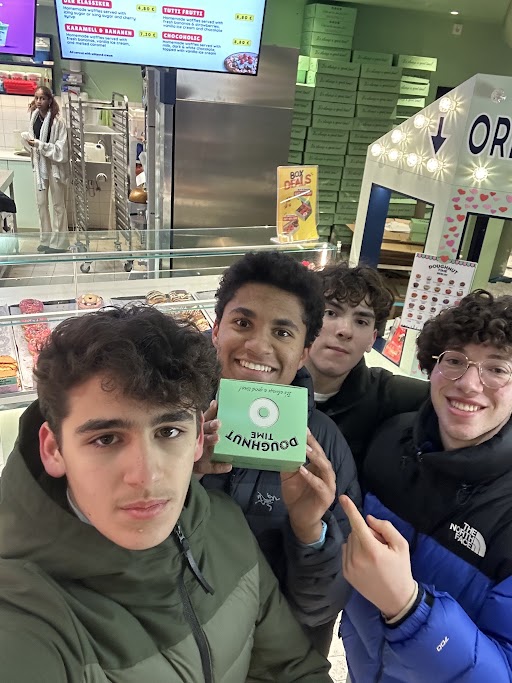
For our last dinner in Berlin, we went to a traditional restaurant where students could choose between Schnitzel and roasted goose. We then returned to the hotel, said our goodbyes, and prepared for the very early rise at 3:30am the next day, to catch our flight back to Washington.
Day 5
After making our way to Berlin Brandenburg Airport very early in the morning, we boarded our flight back to Washington, which had a layover in Paris. However, once the plane got close to DC, it circled over Dulles Airport for around 20 minutes due to bad weather. After much uncertainty, the announcement from the pilot arrived – due to unsafe conditions caused by the wind, we were being diverted to Atlanta. In the end, all was well as we were able to find a hotel in Atlanta and get back up to DC the next day. Despite the inconvenience toward the end, the students all agreed the trip was a massive success.

